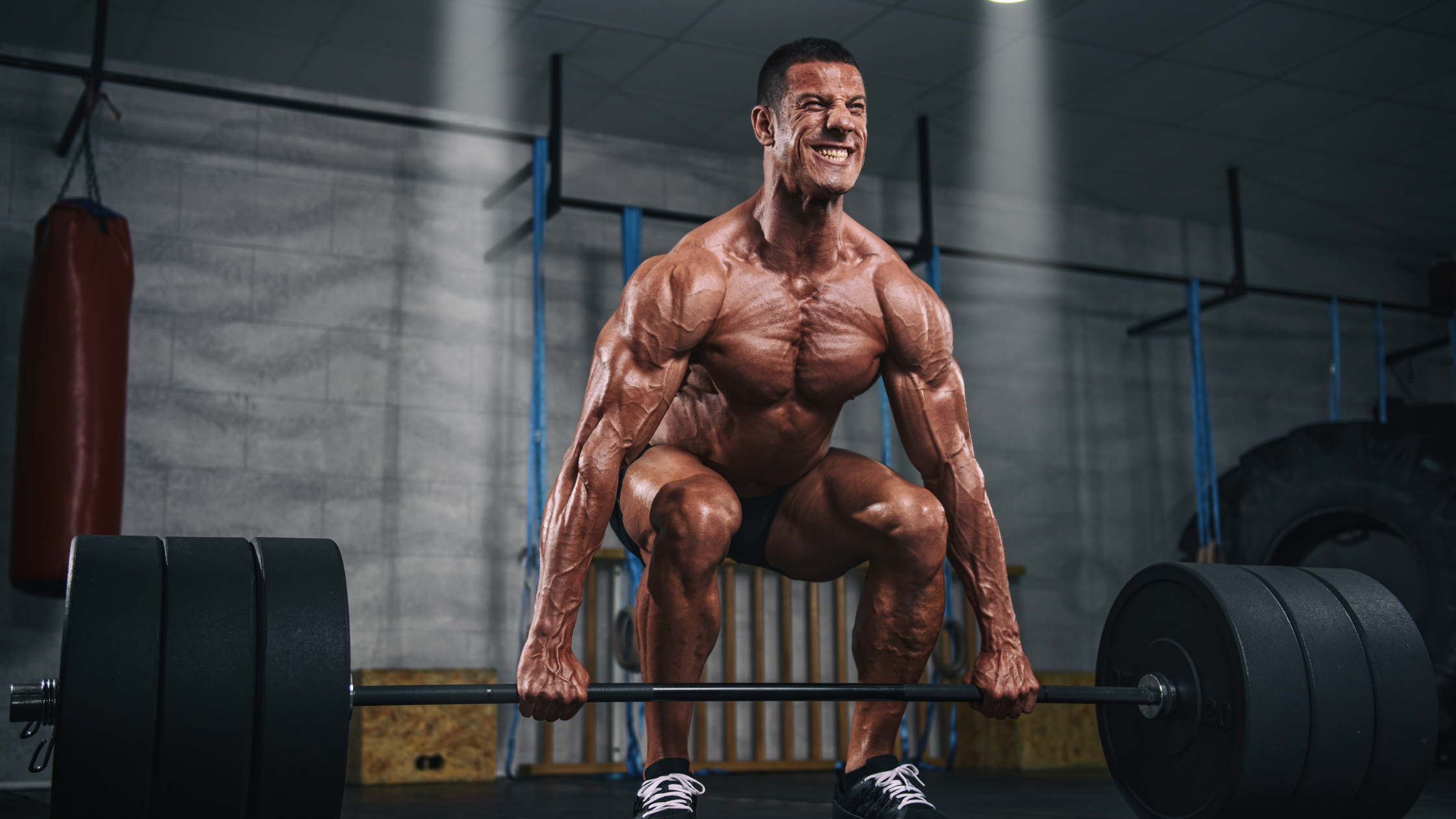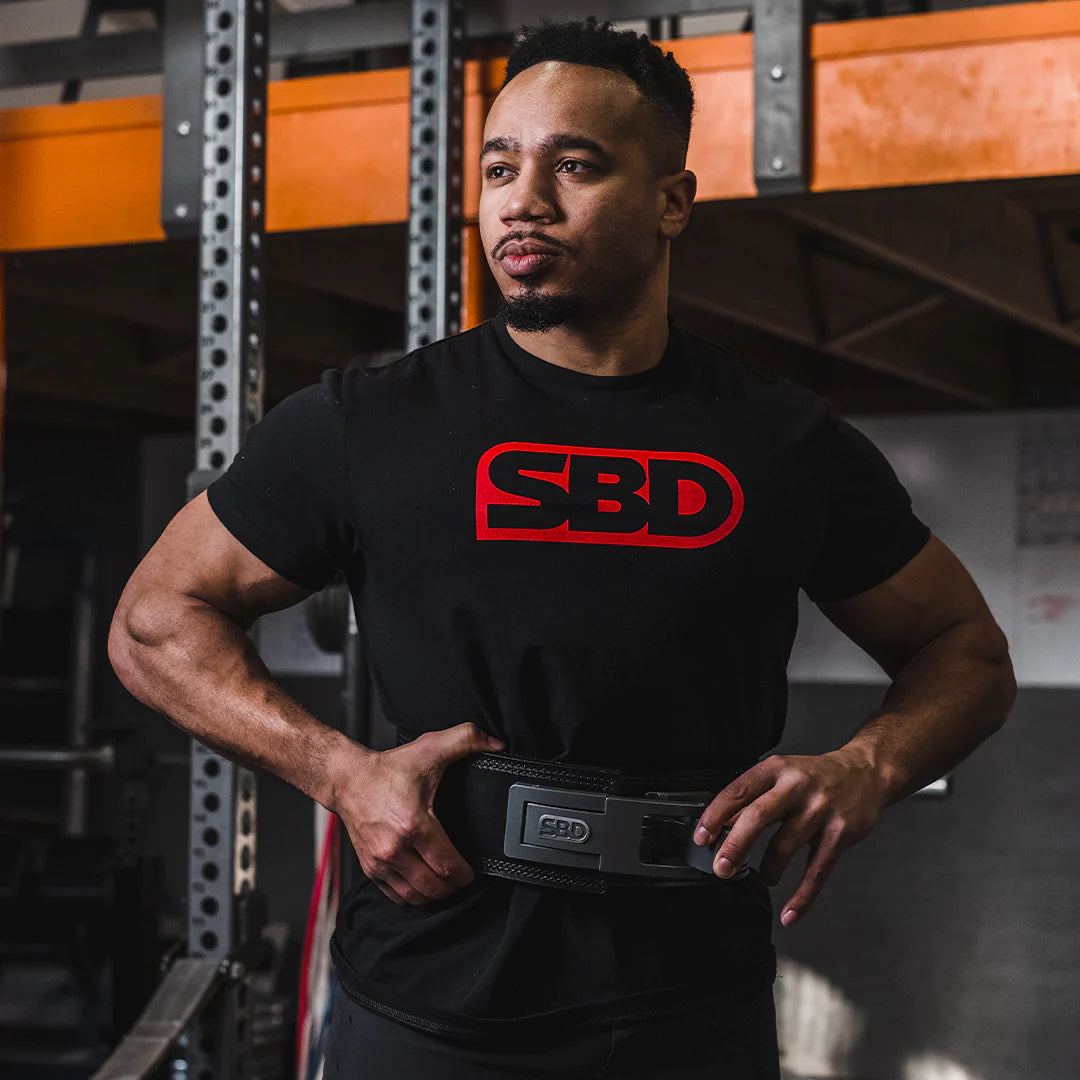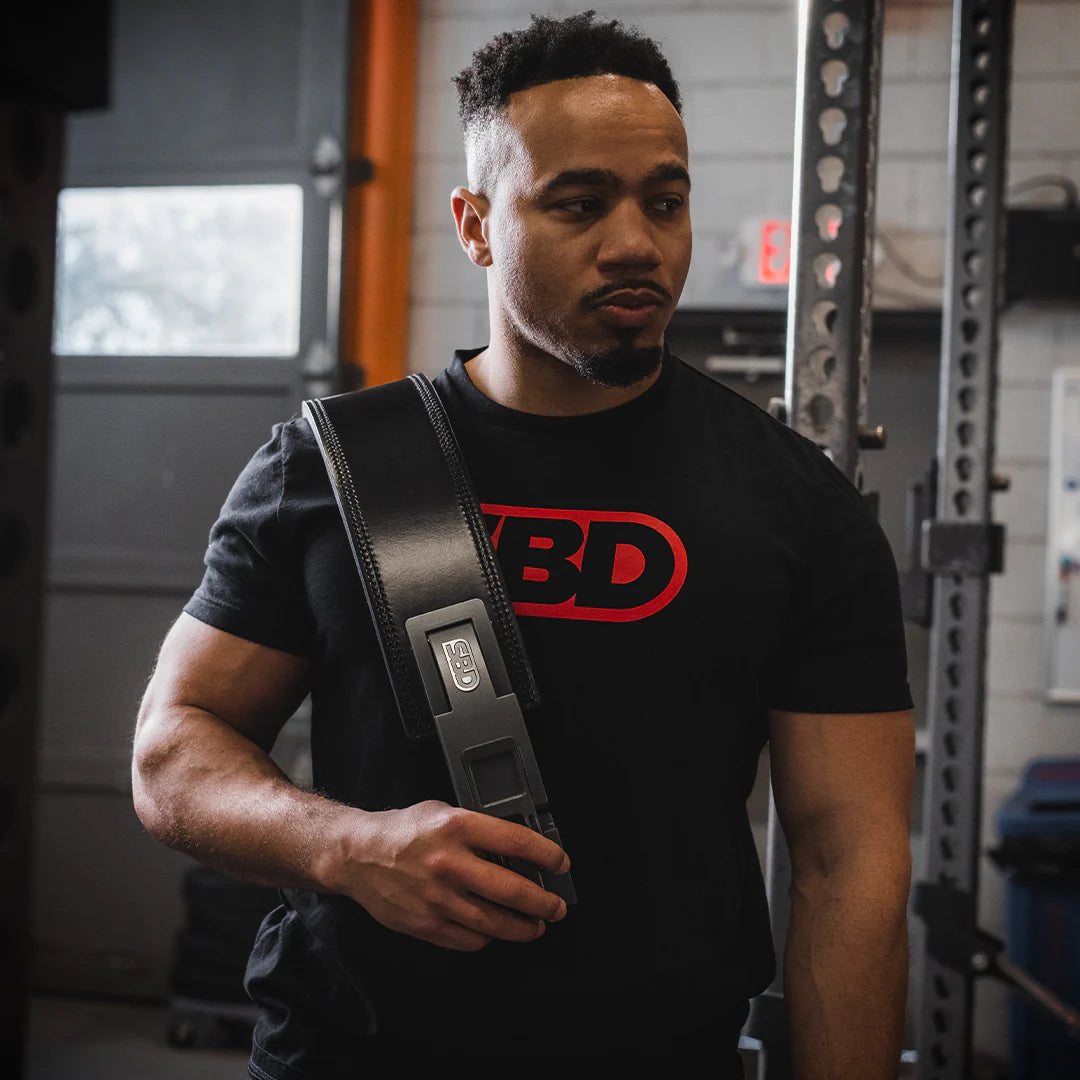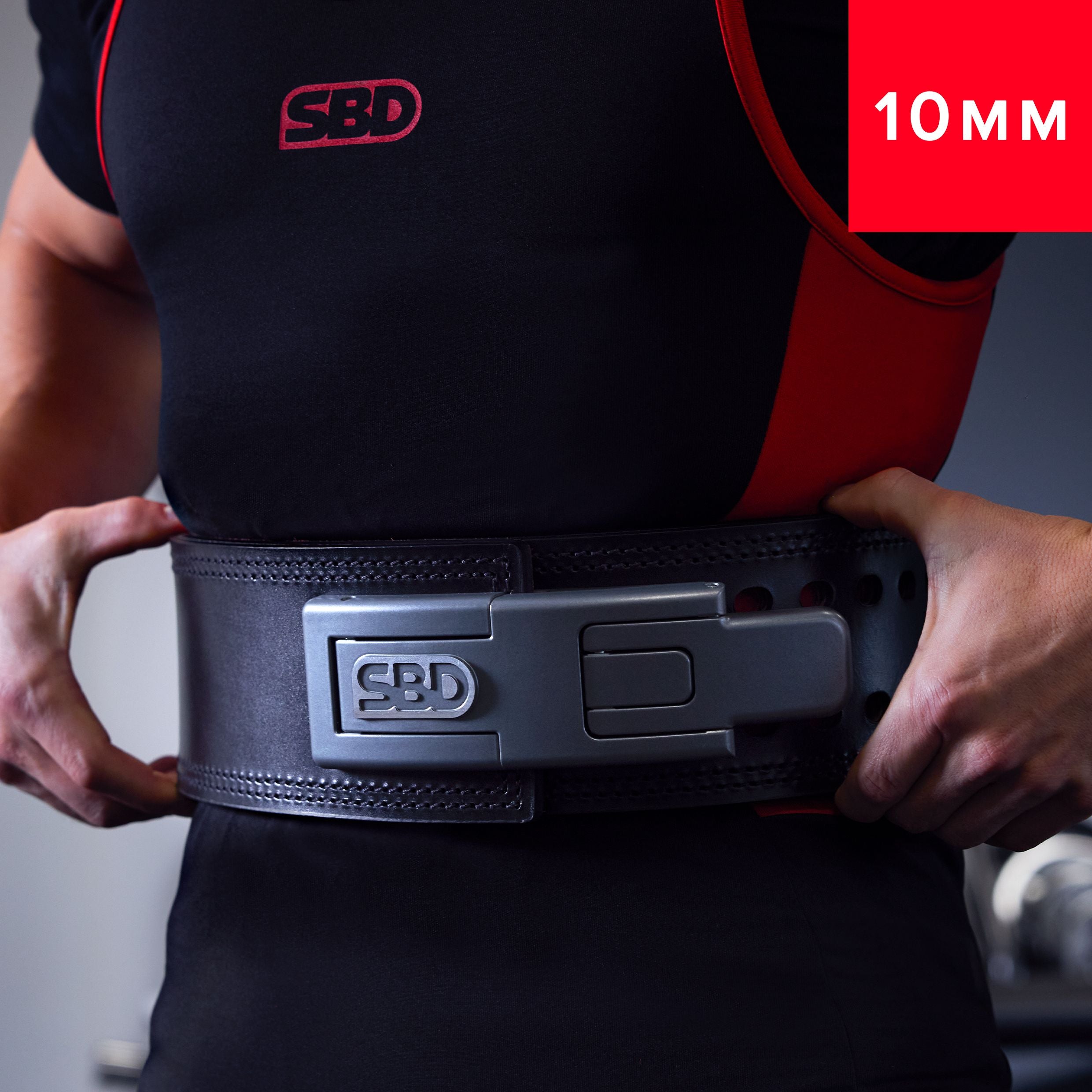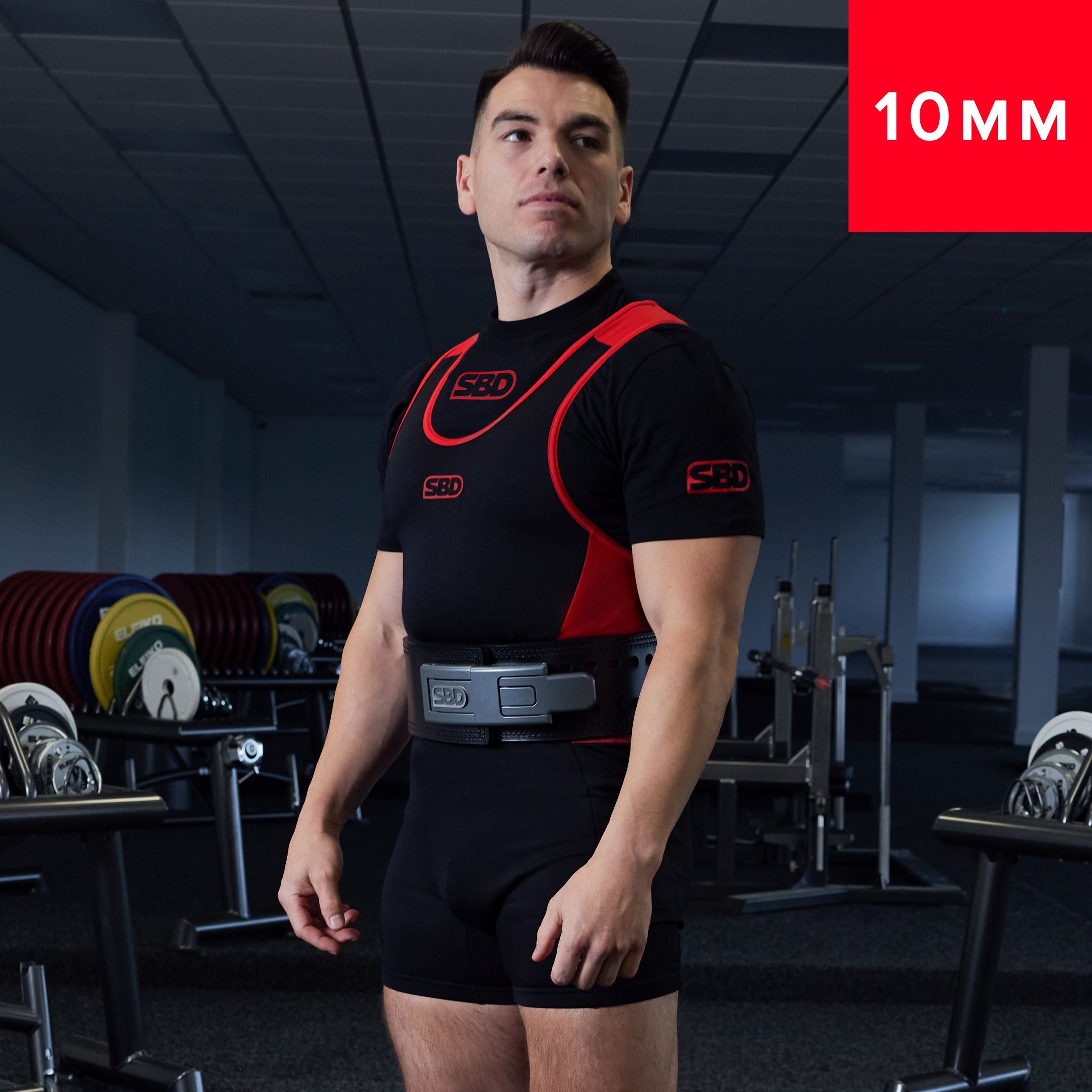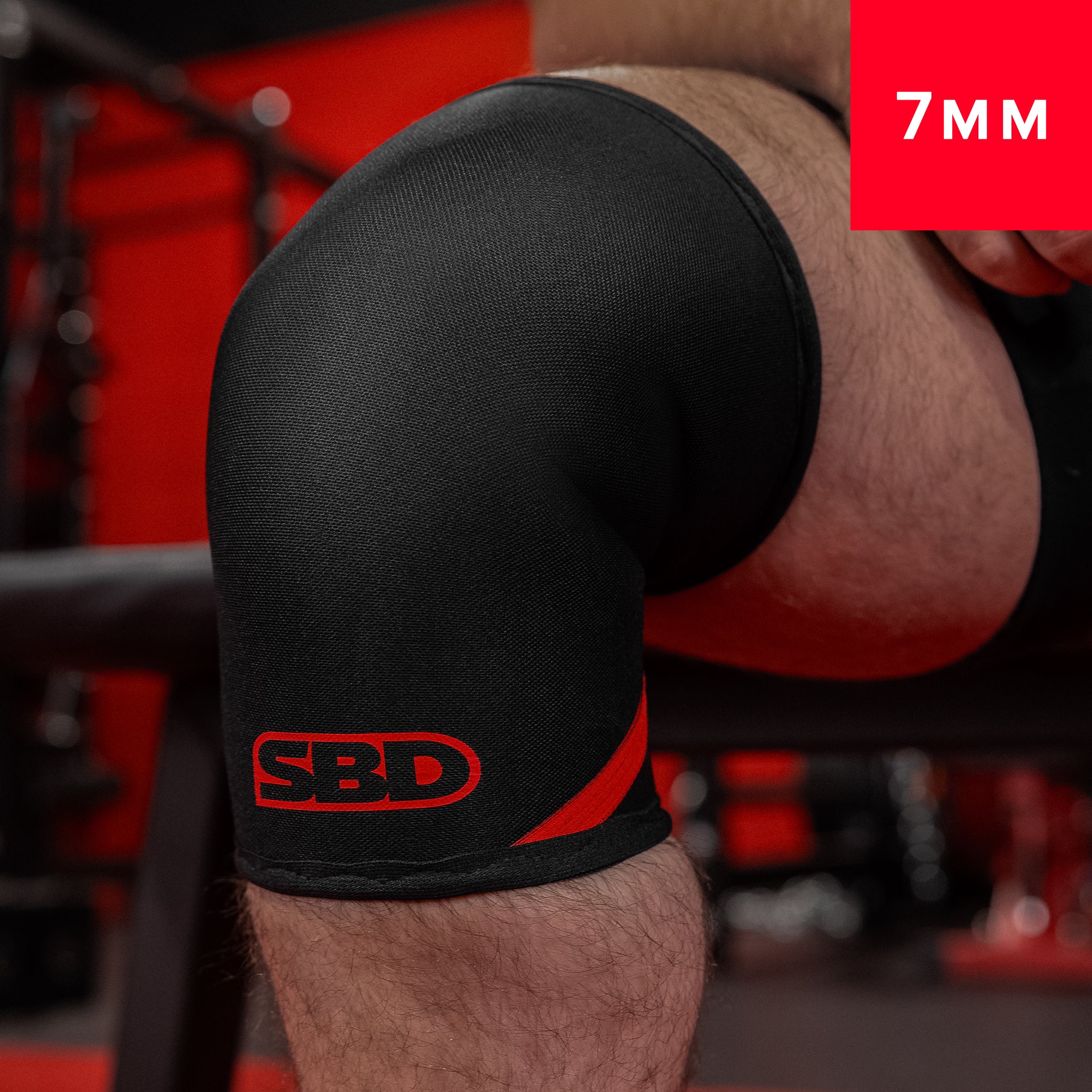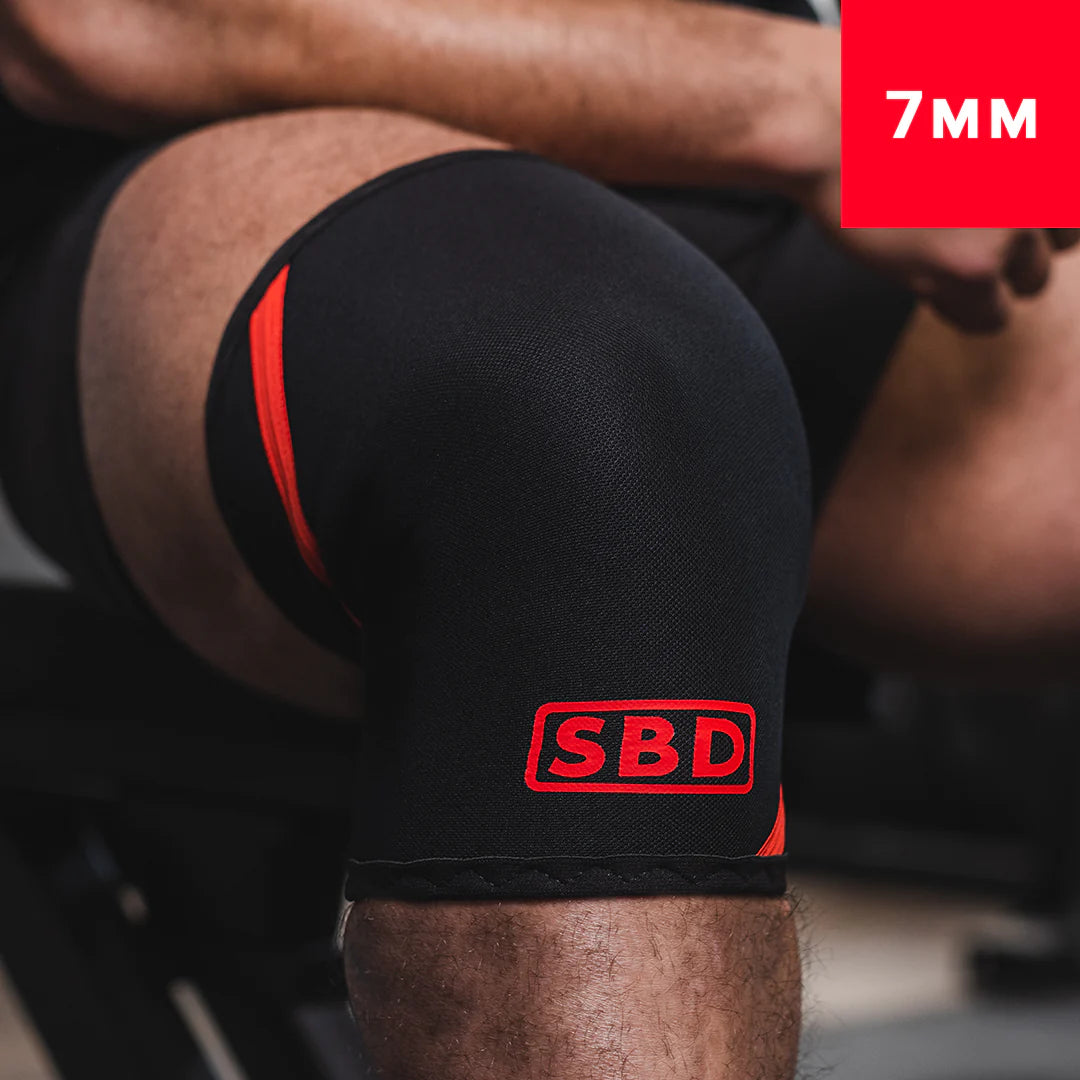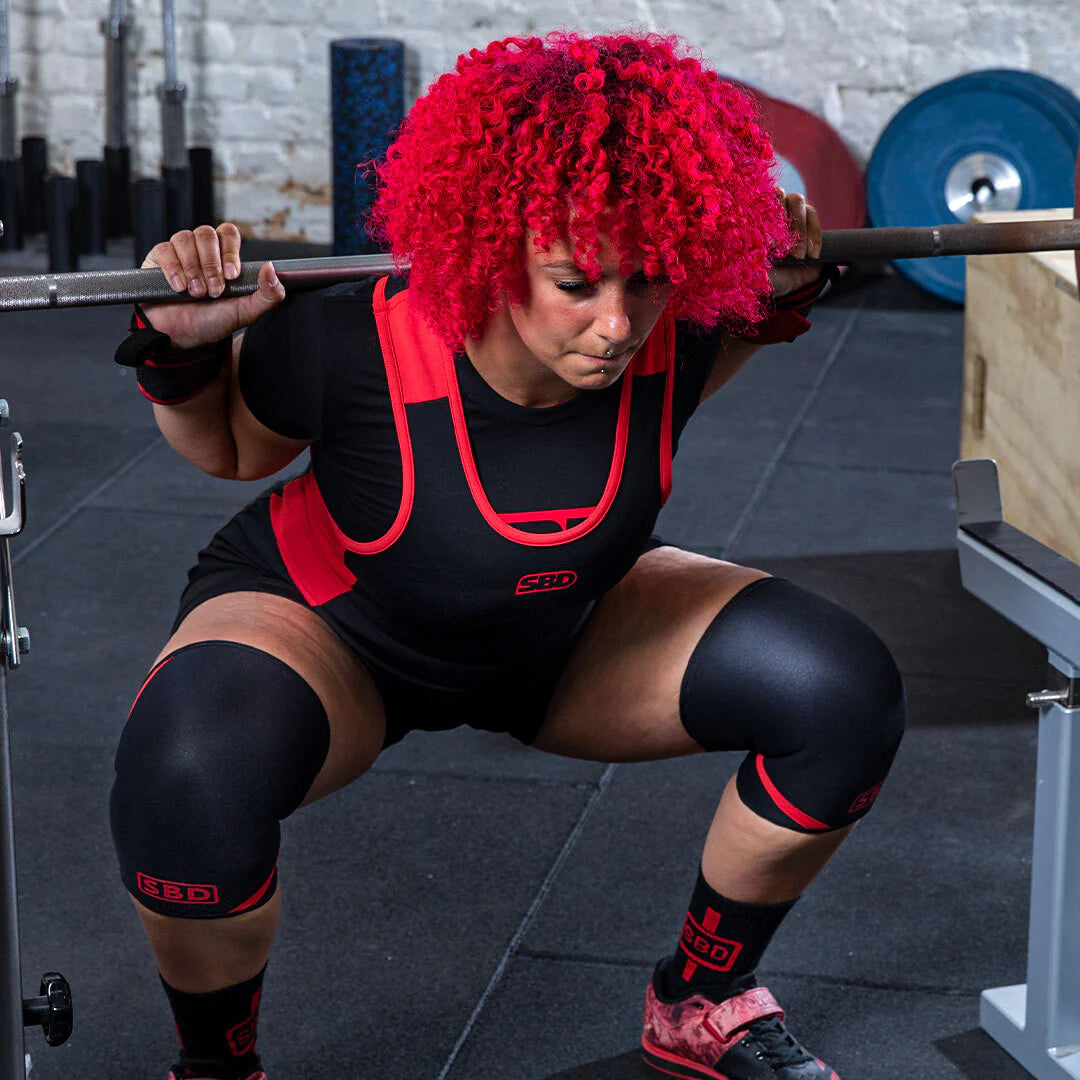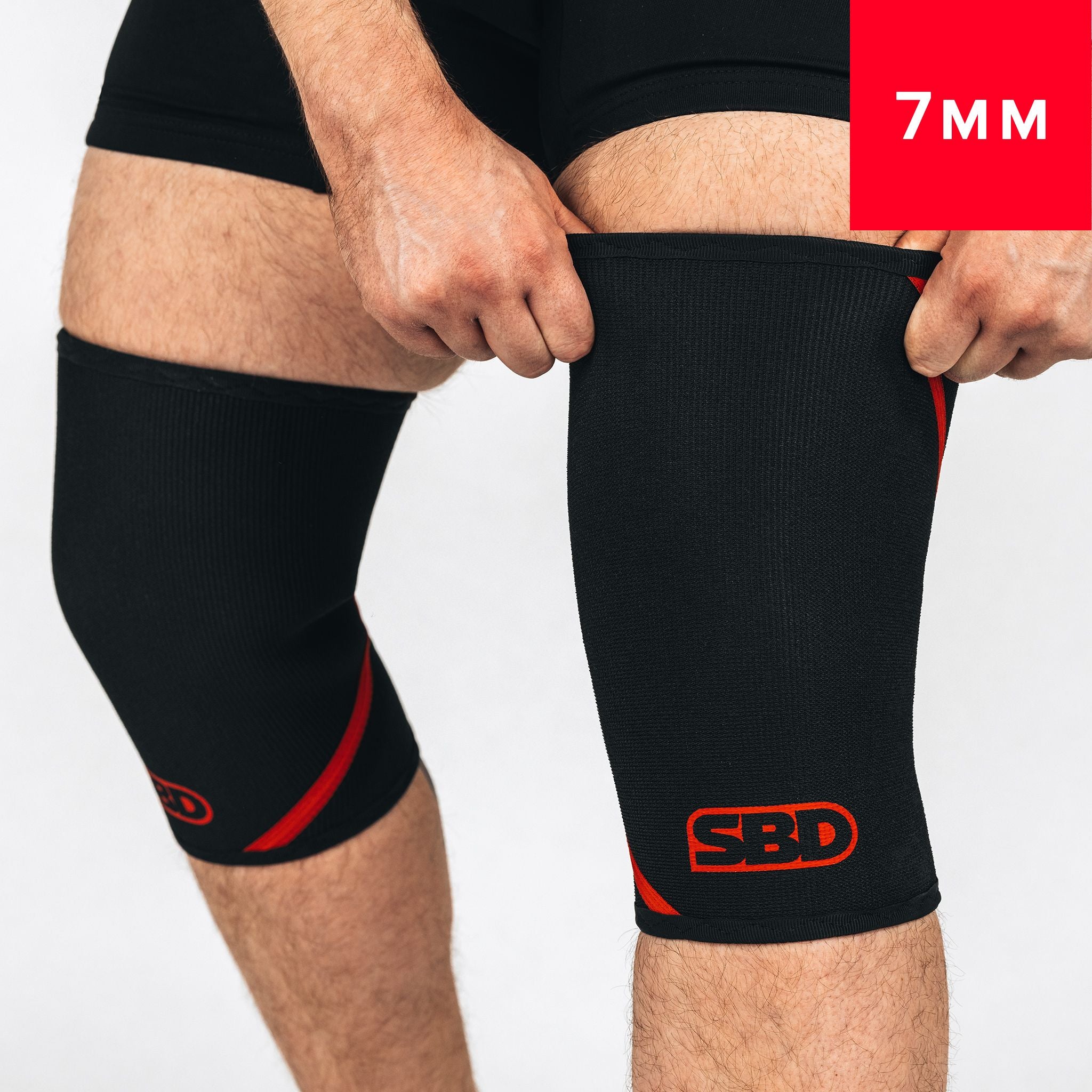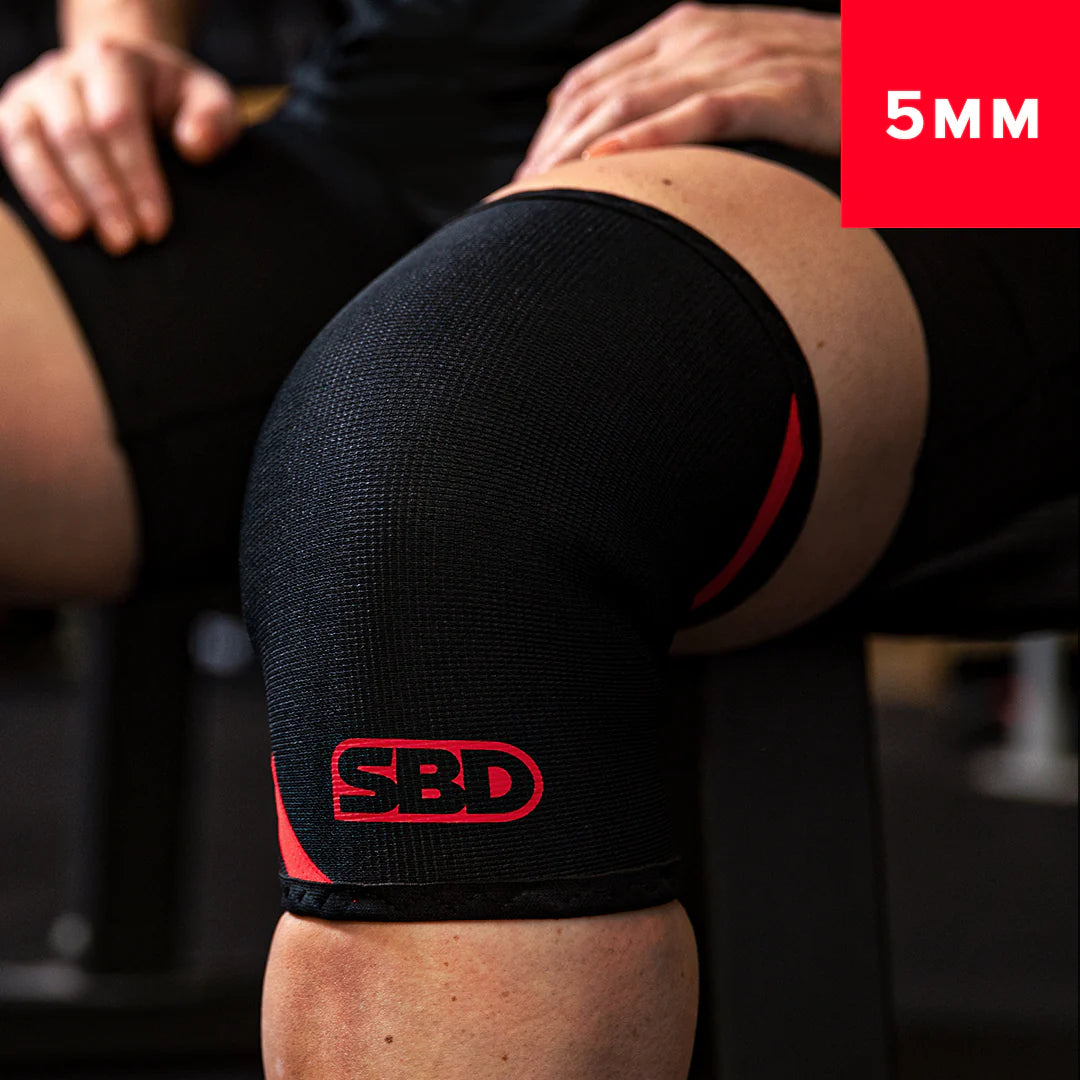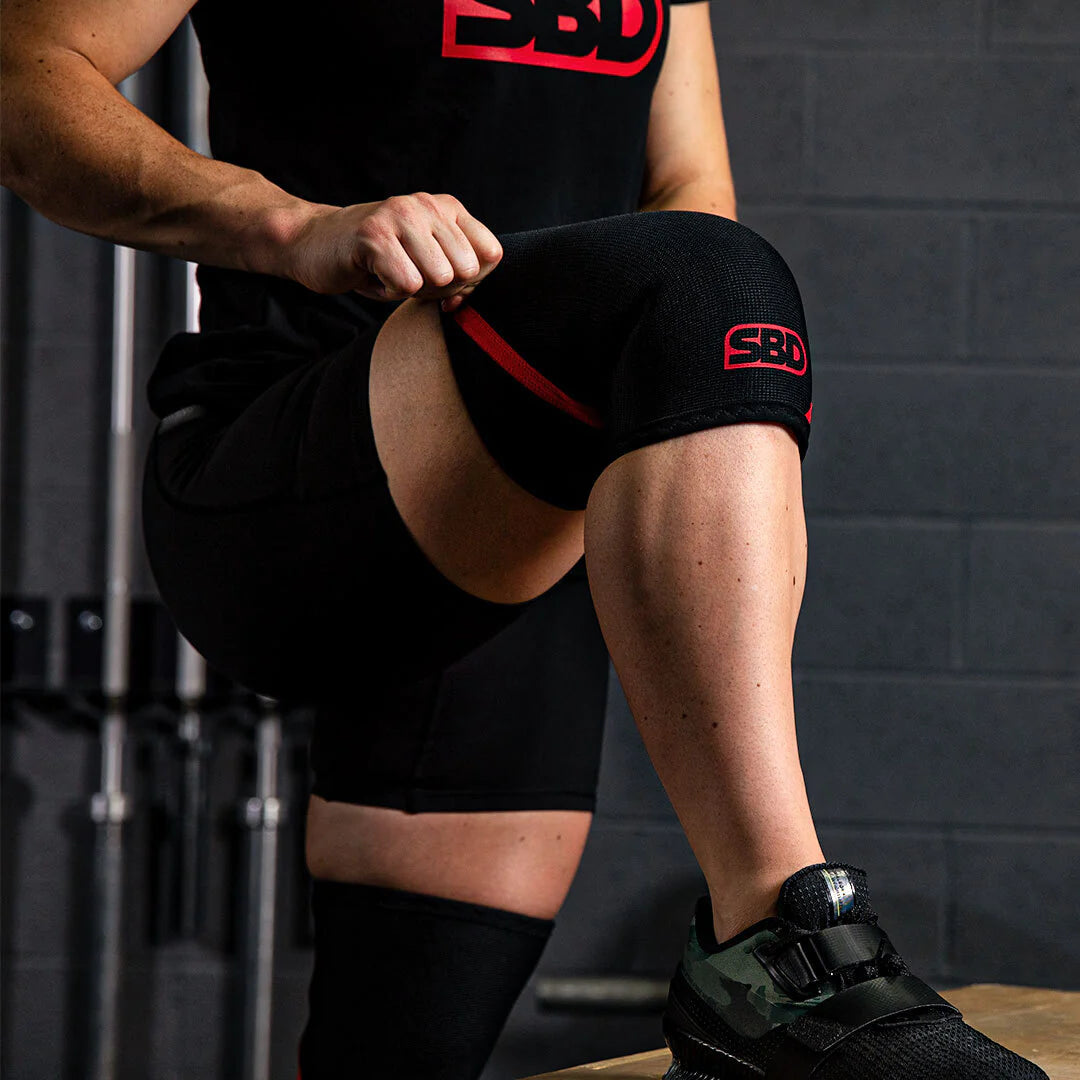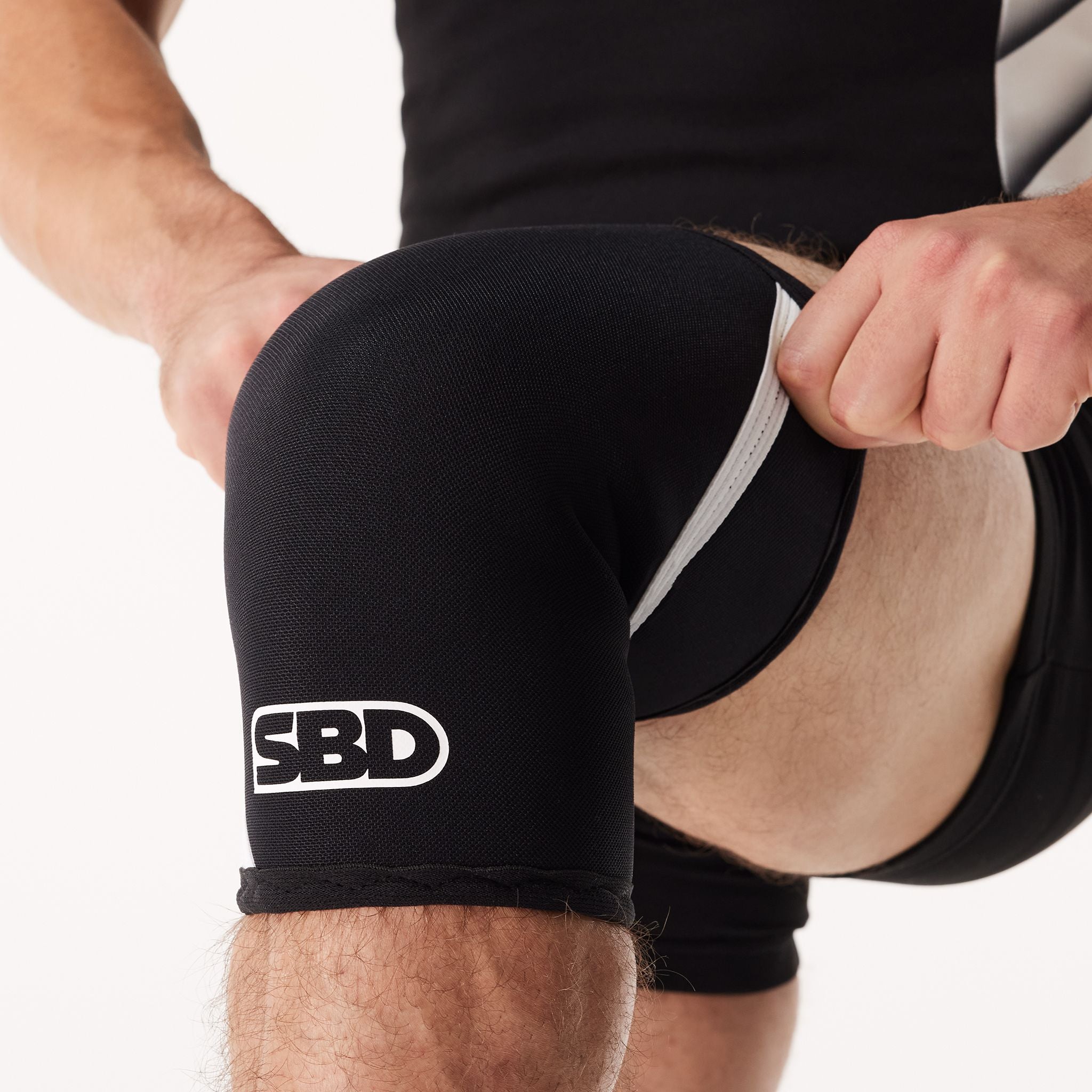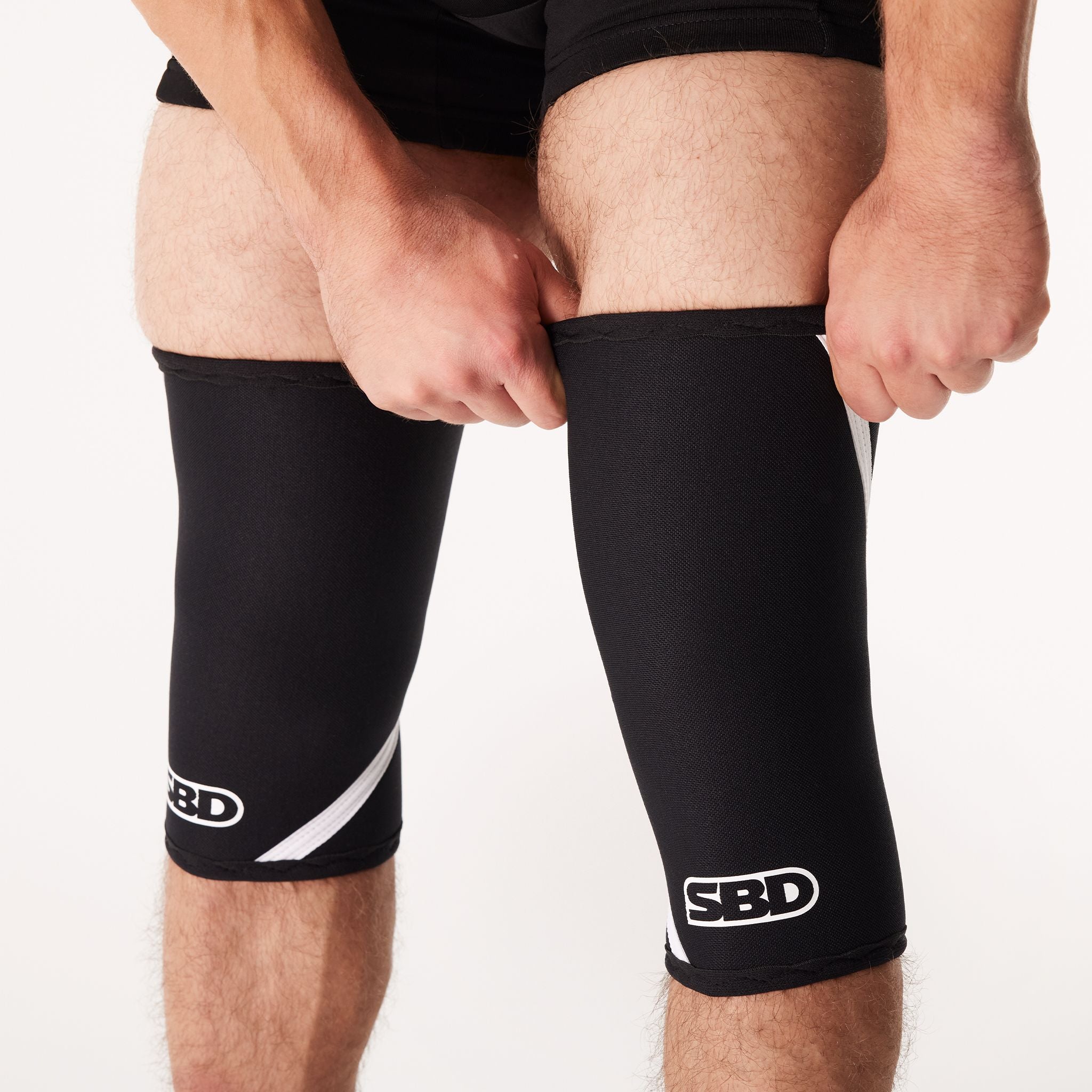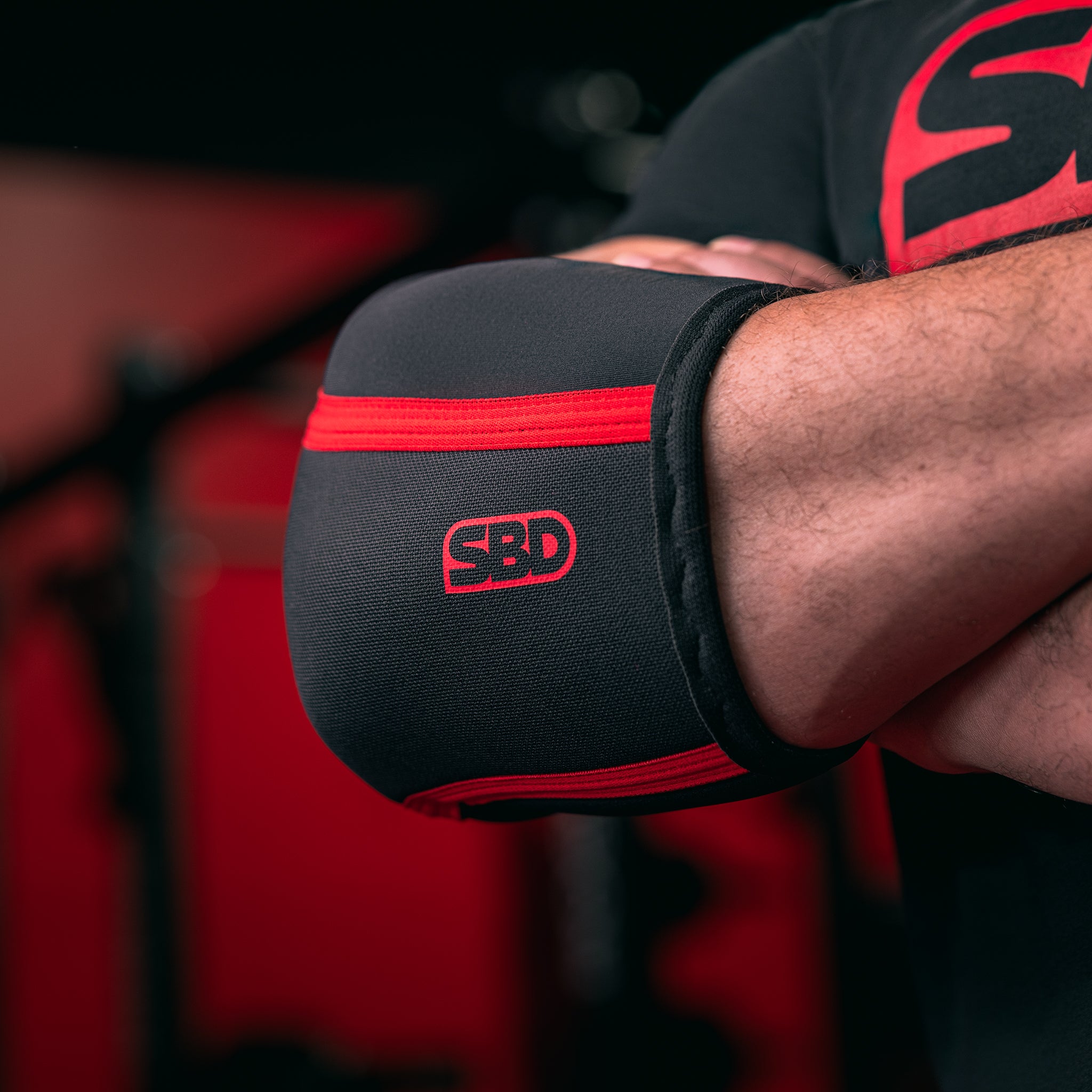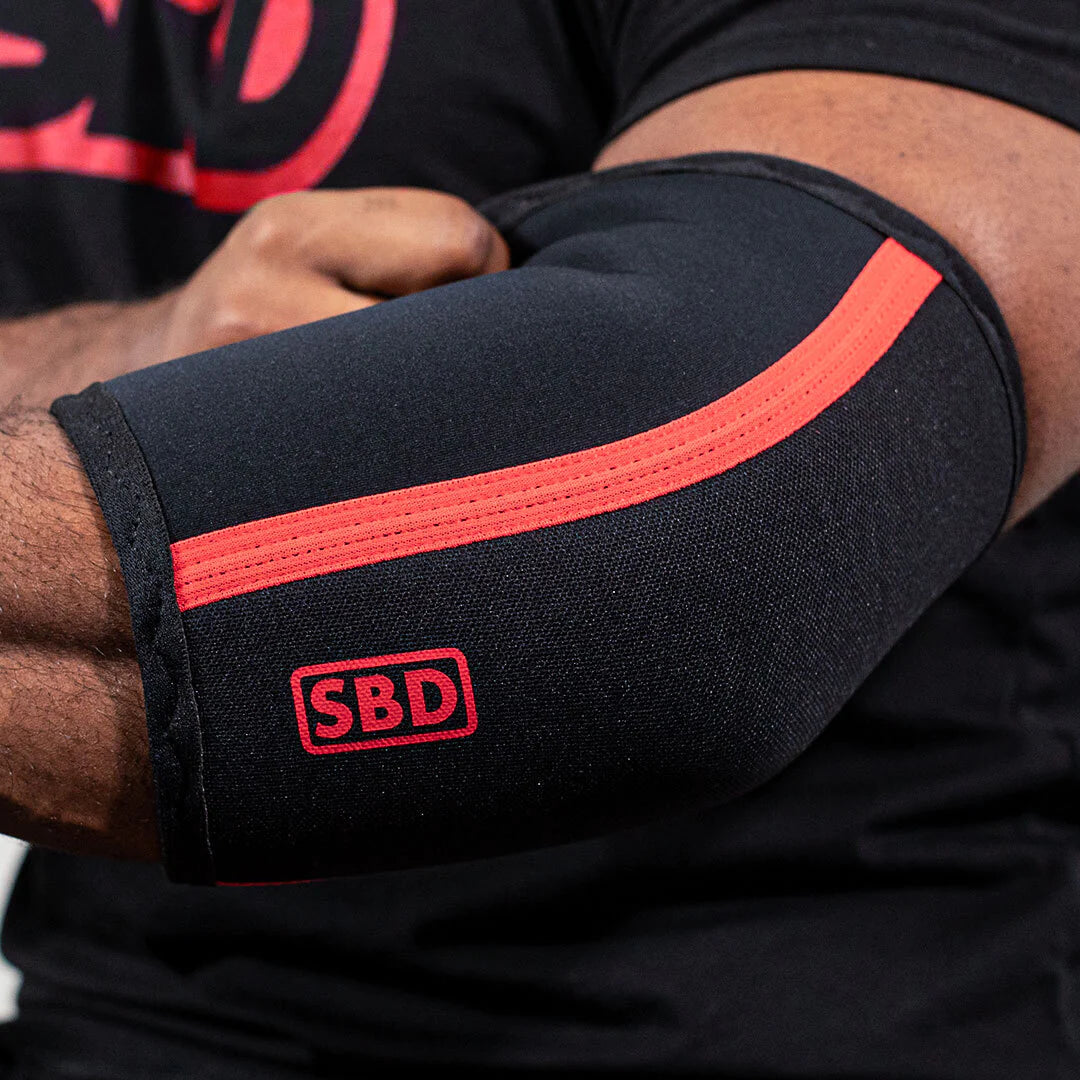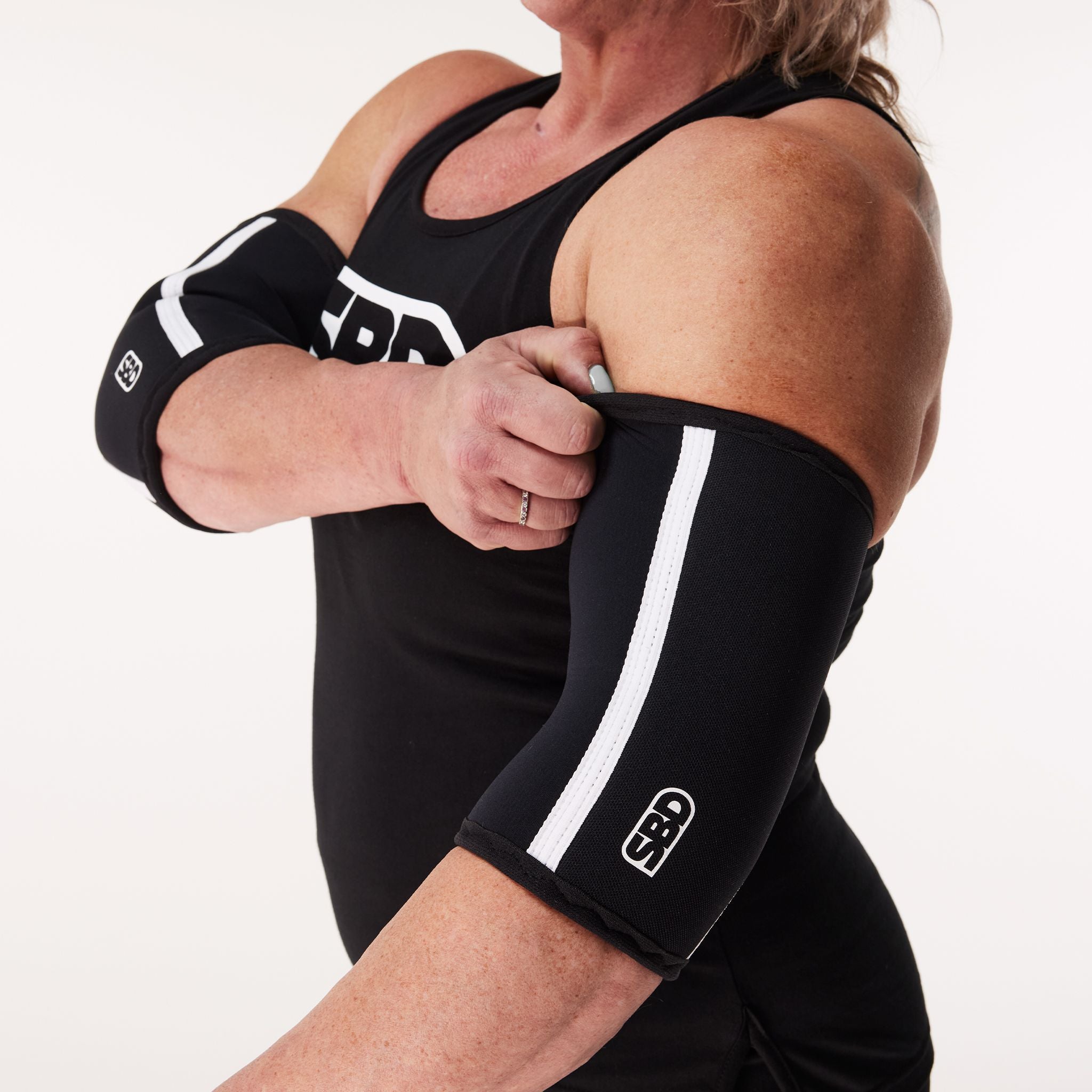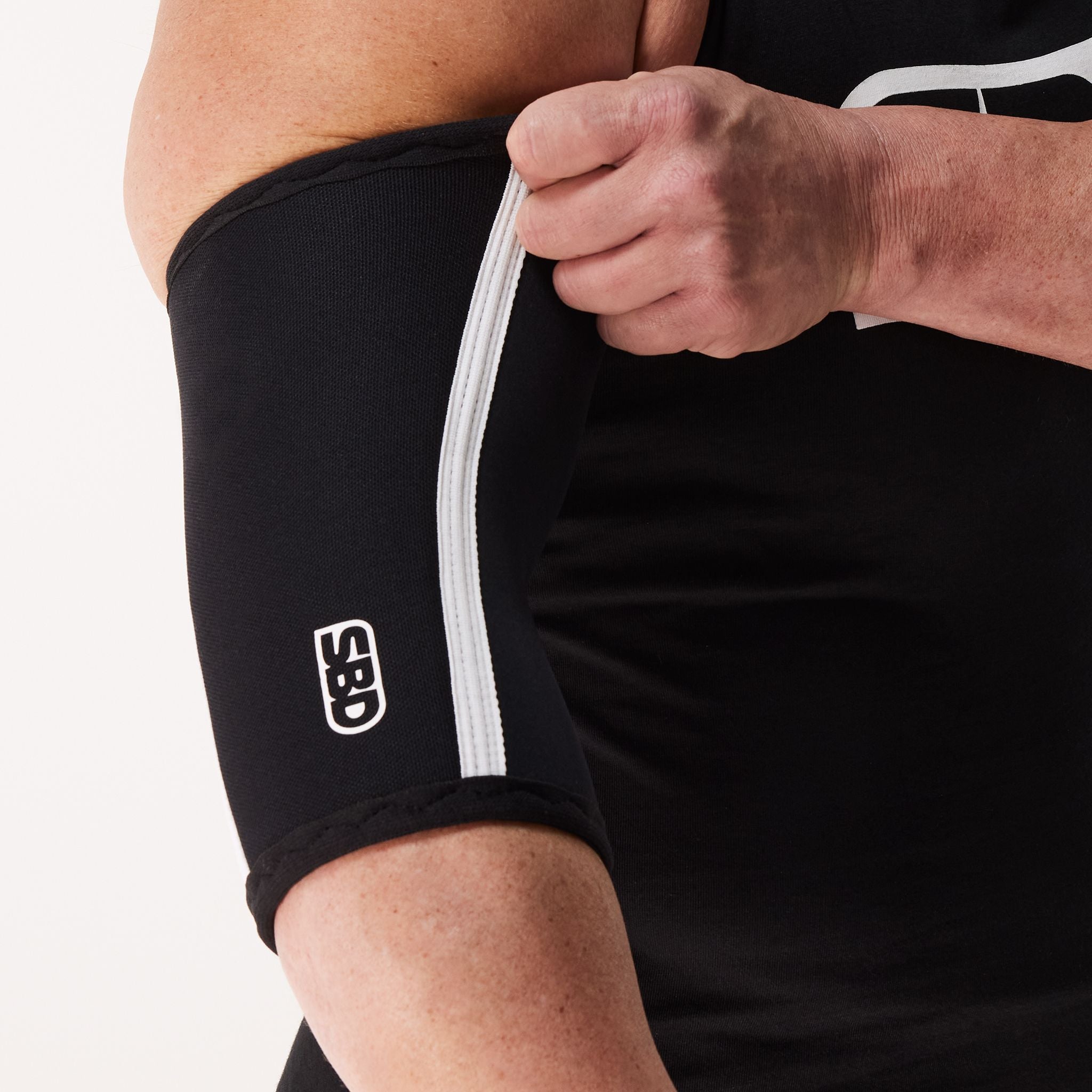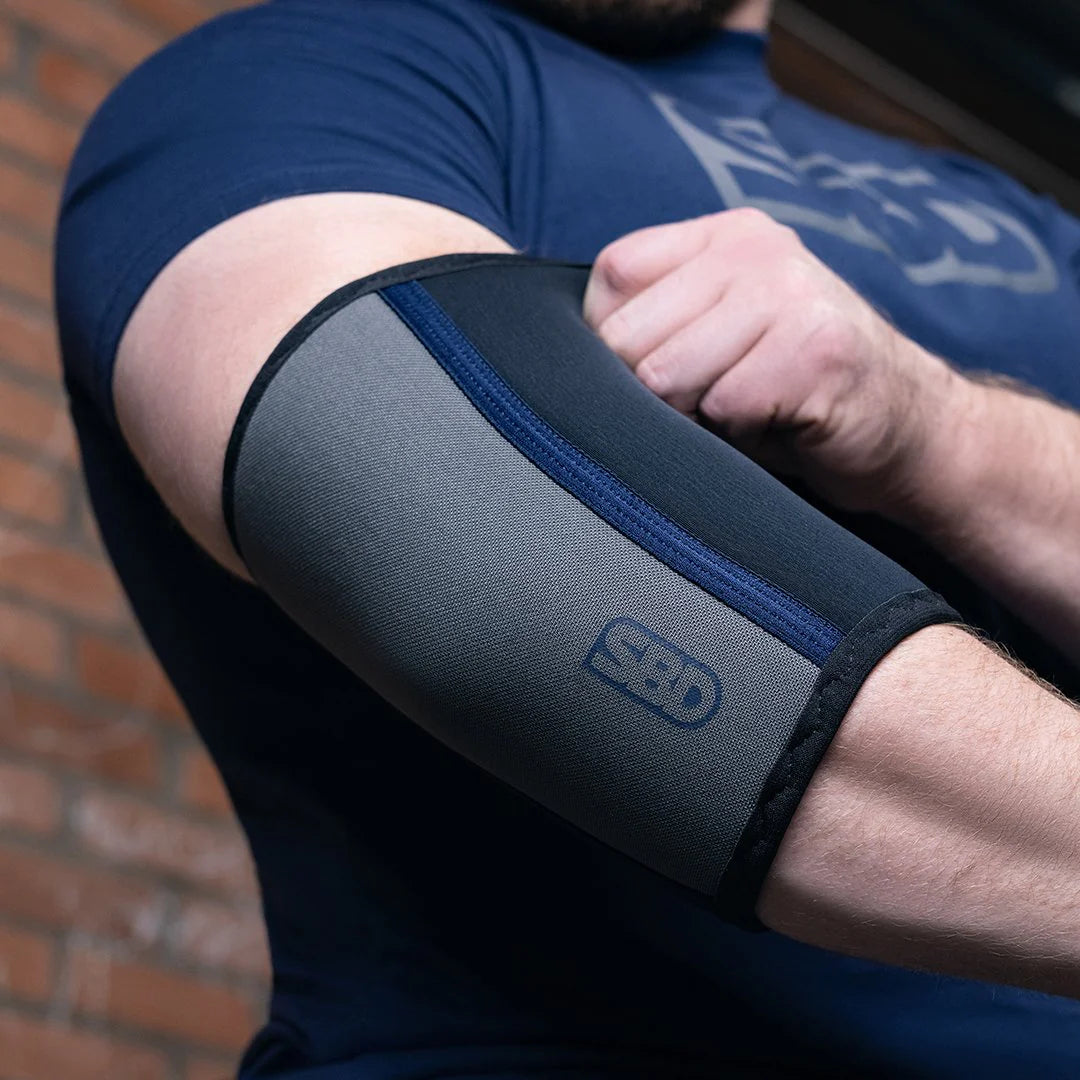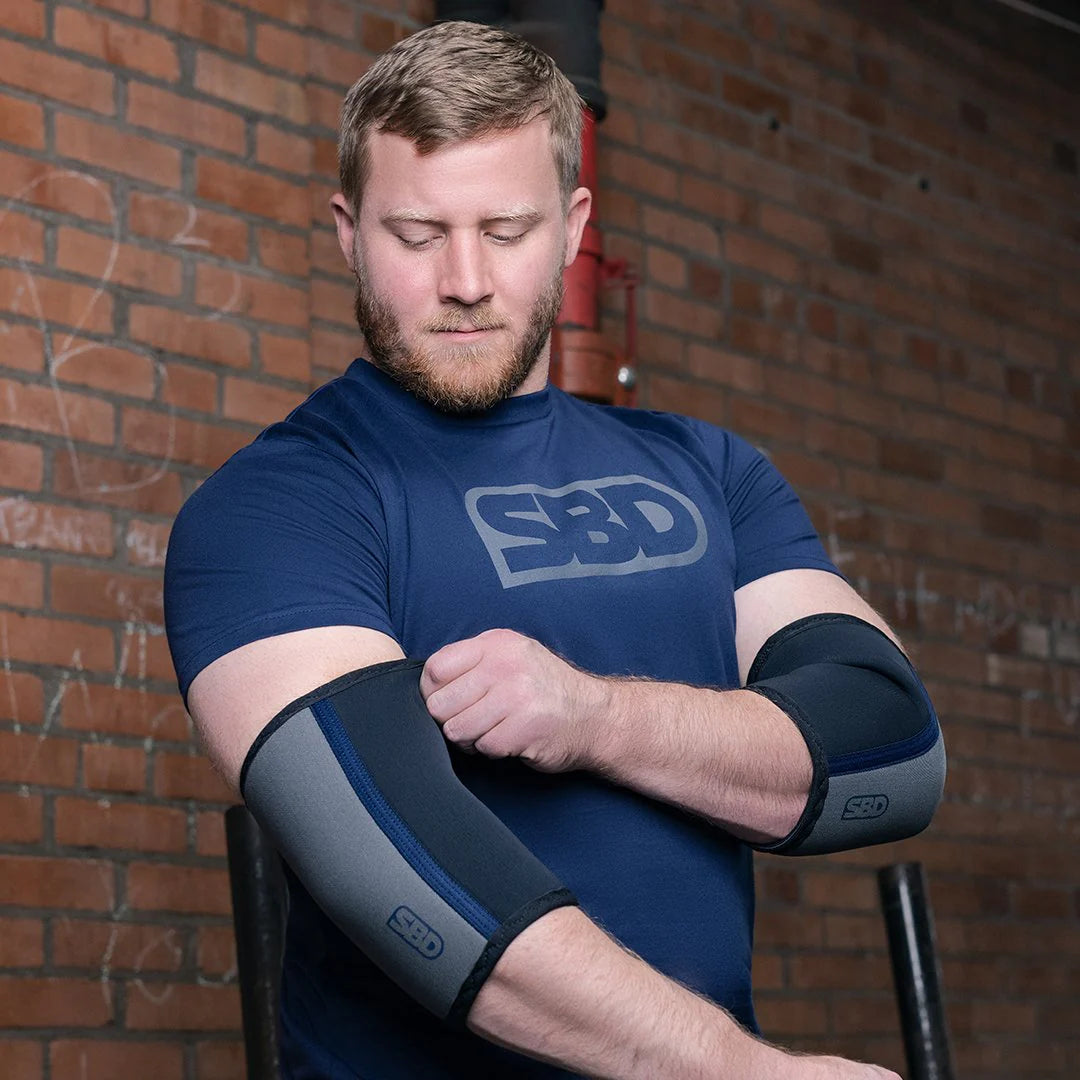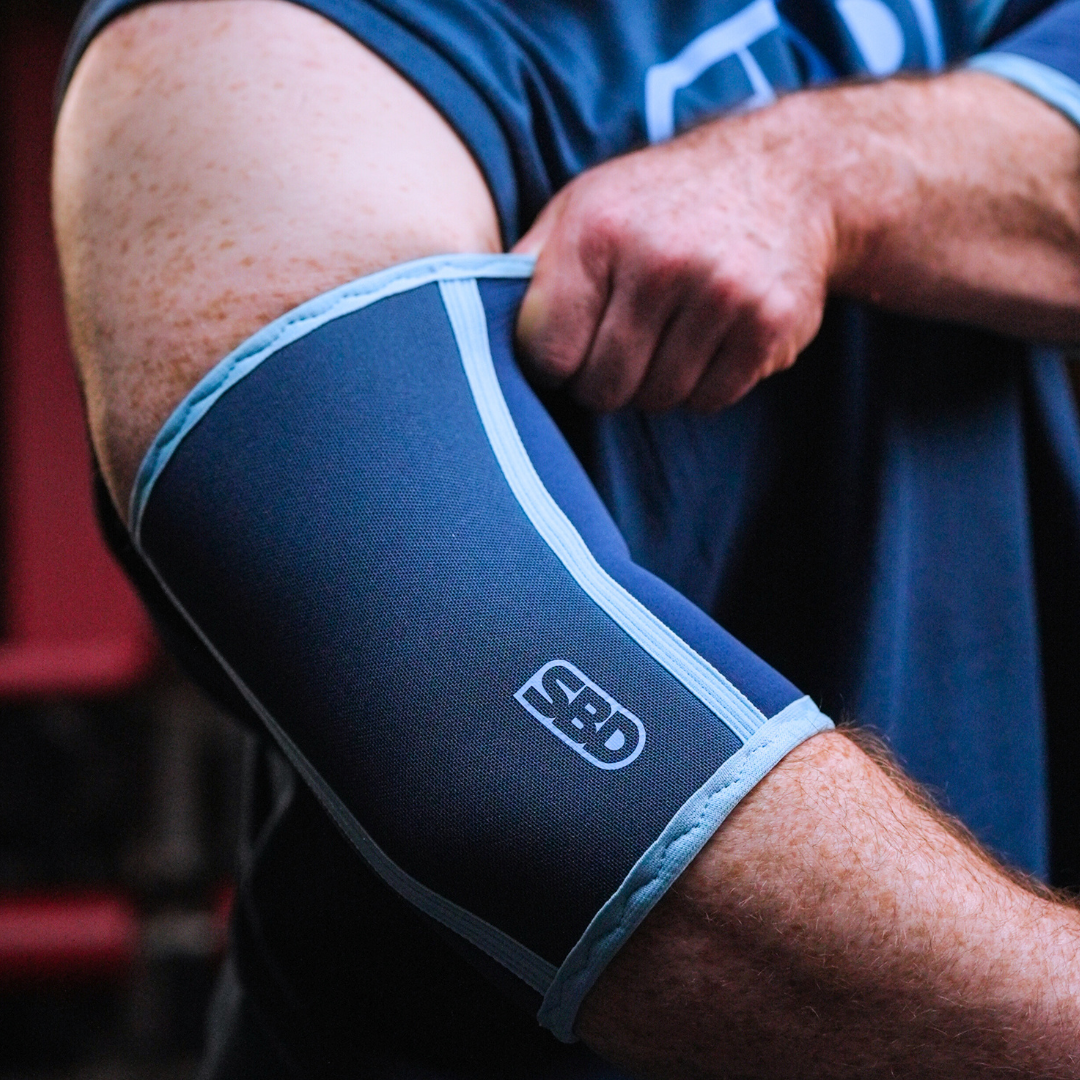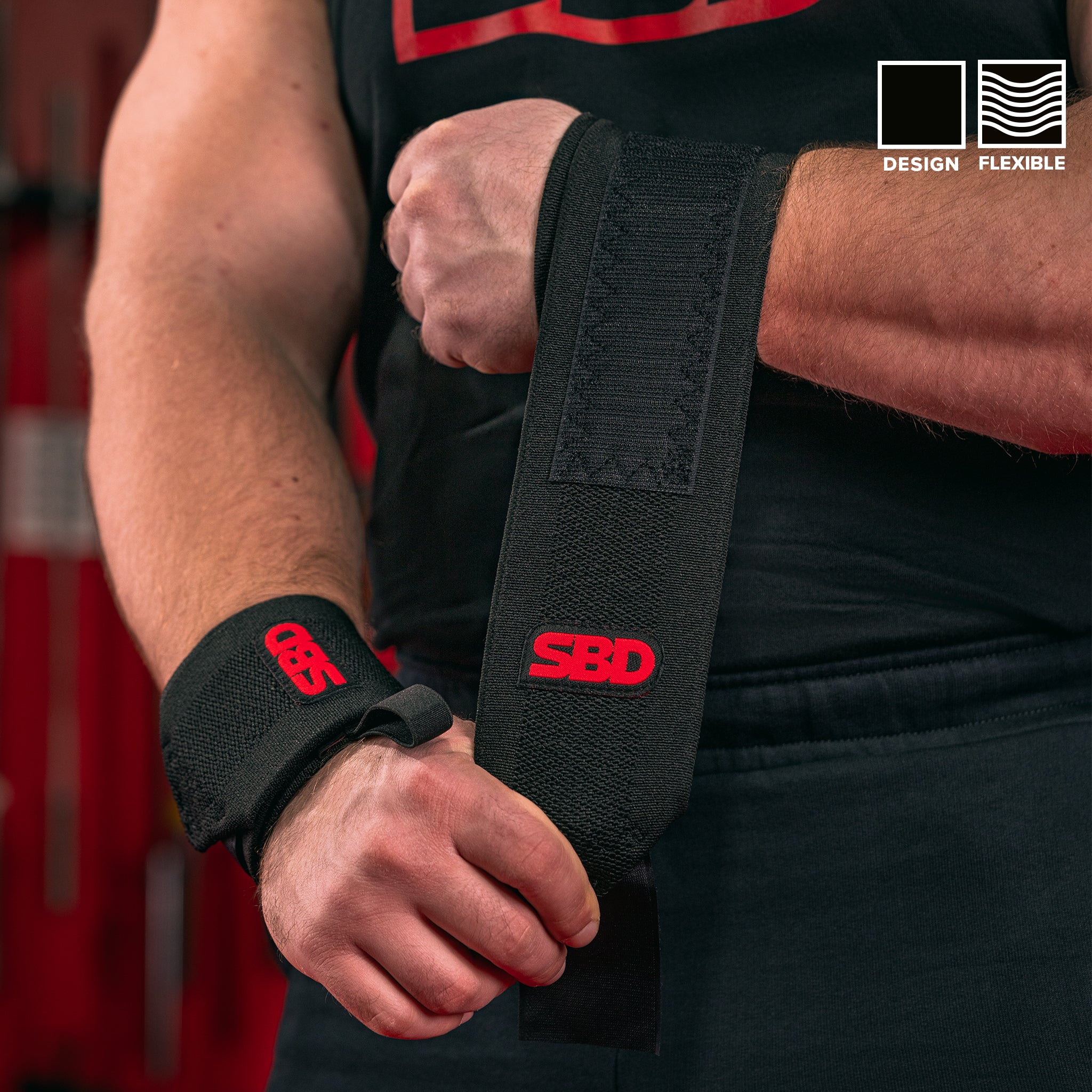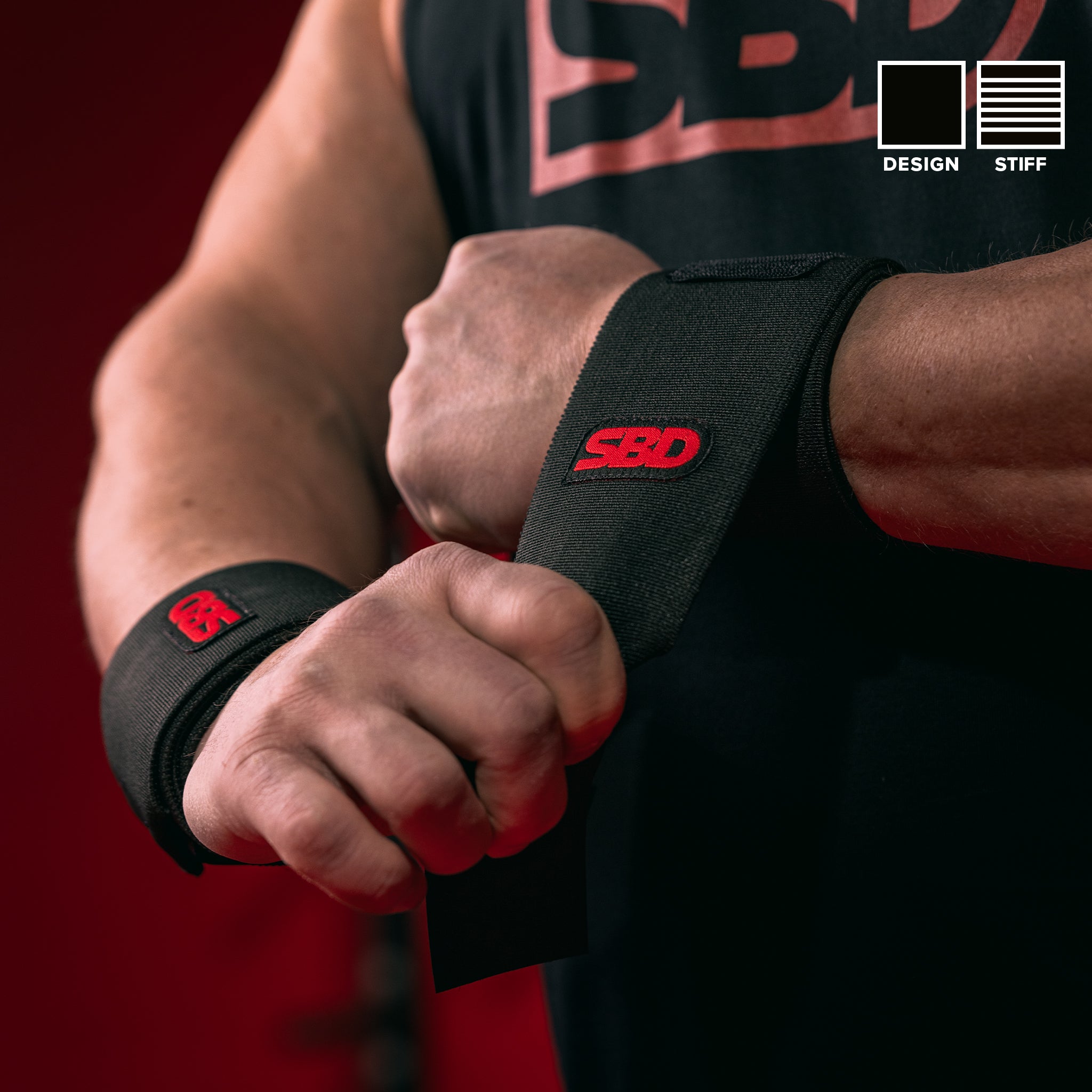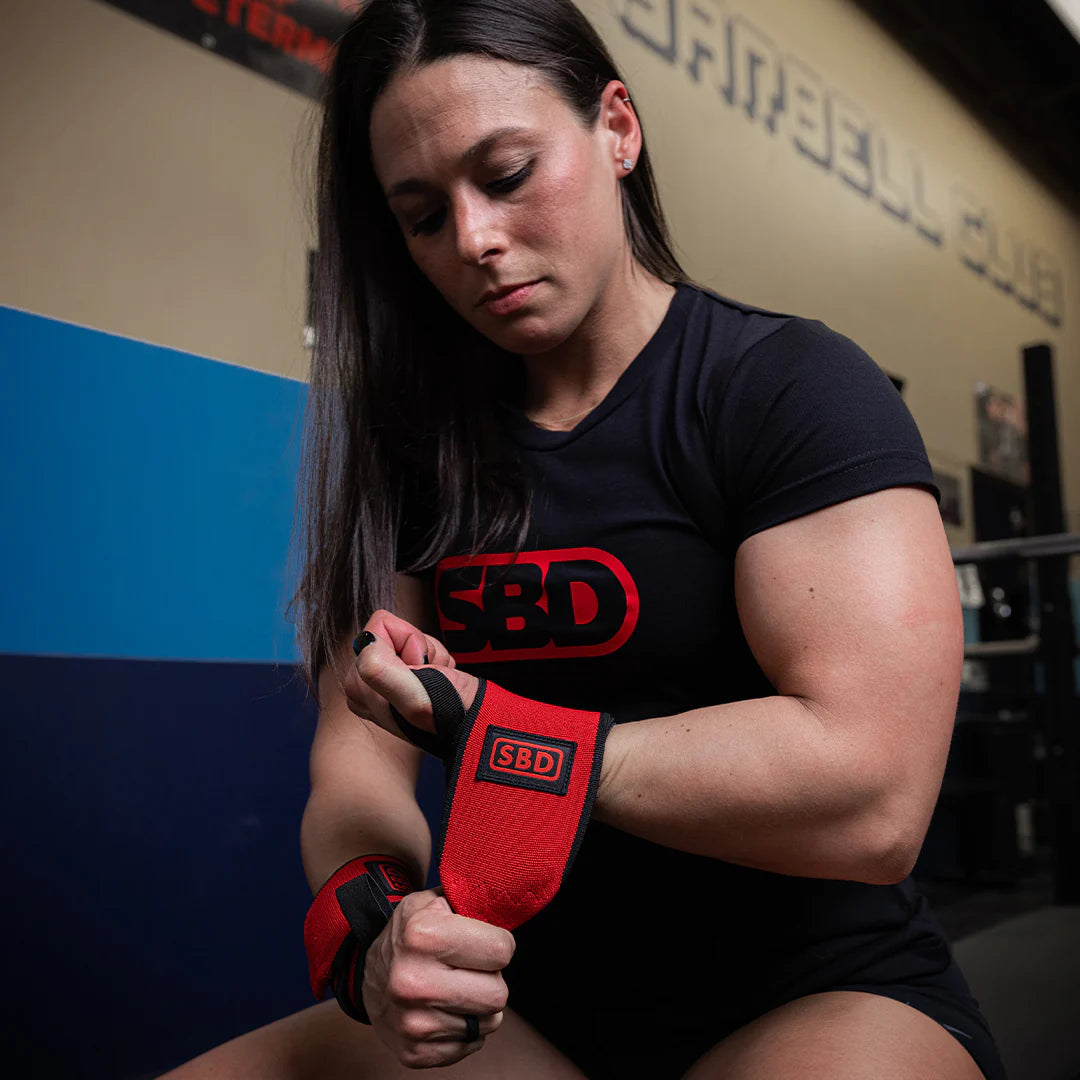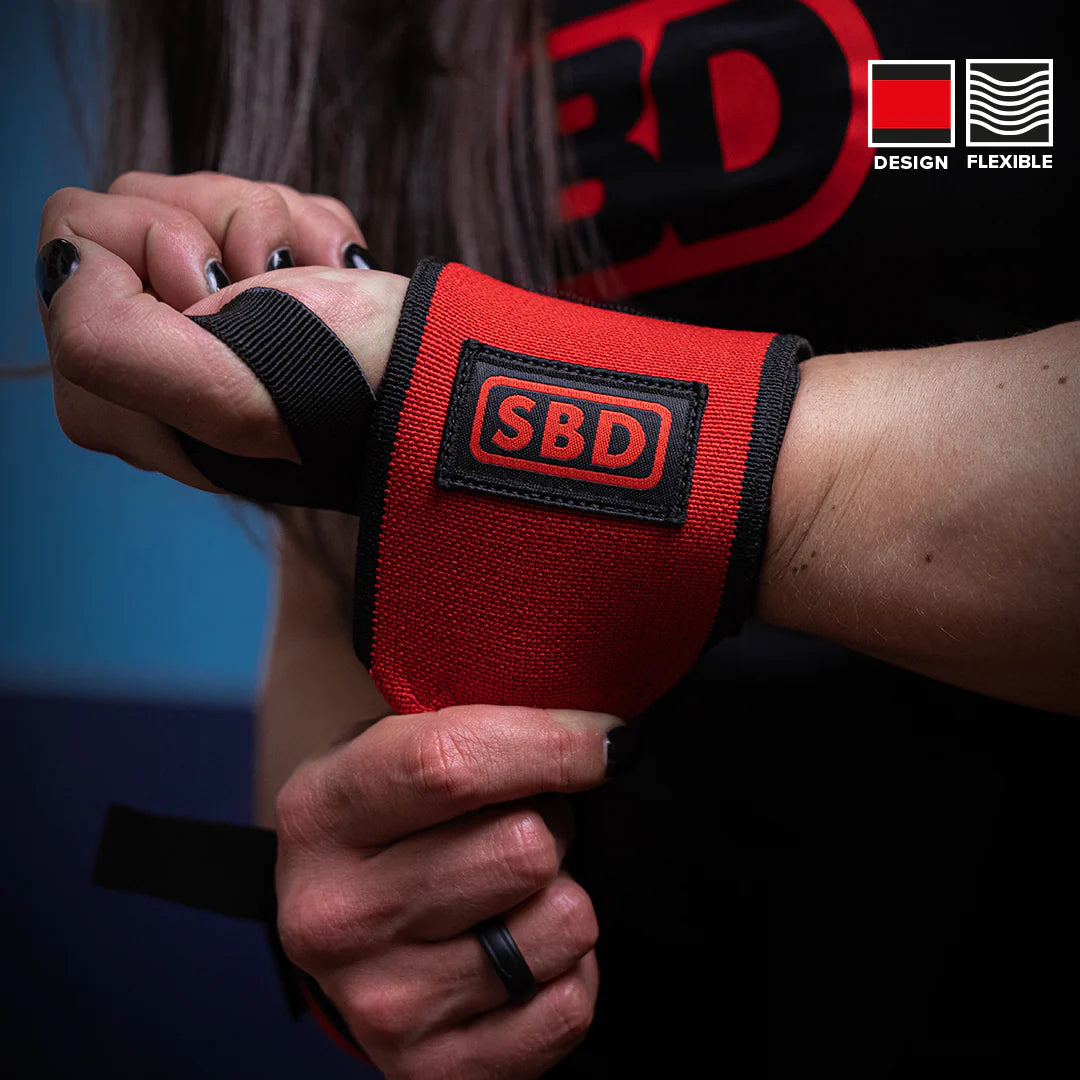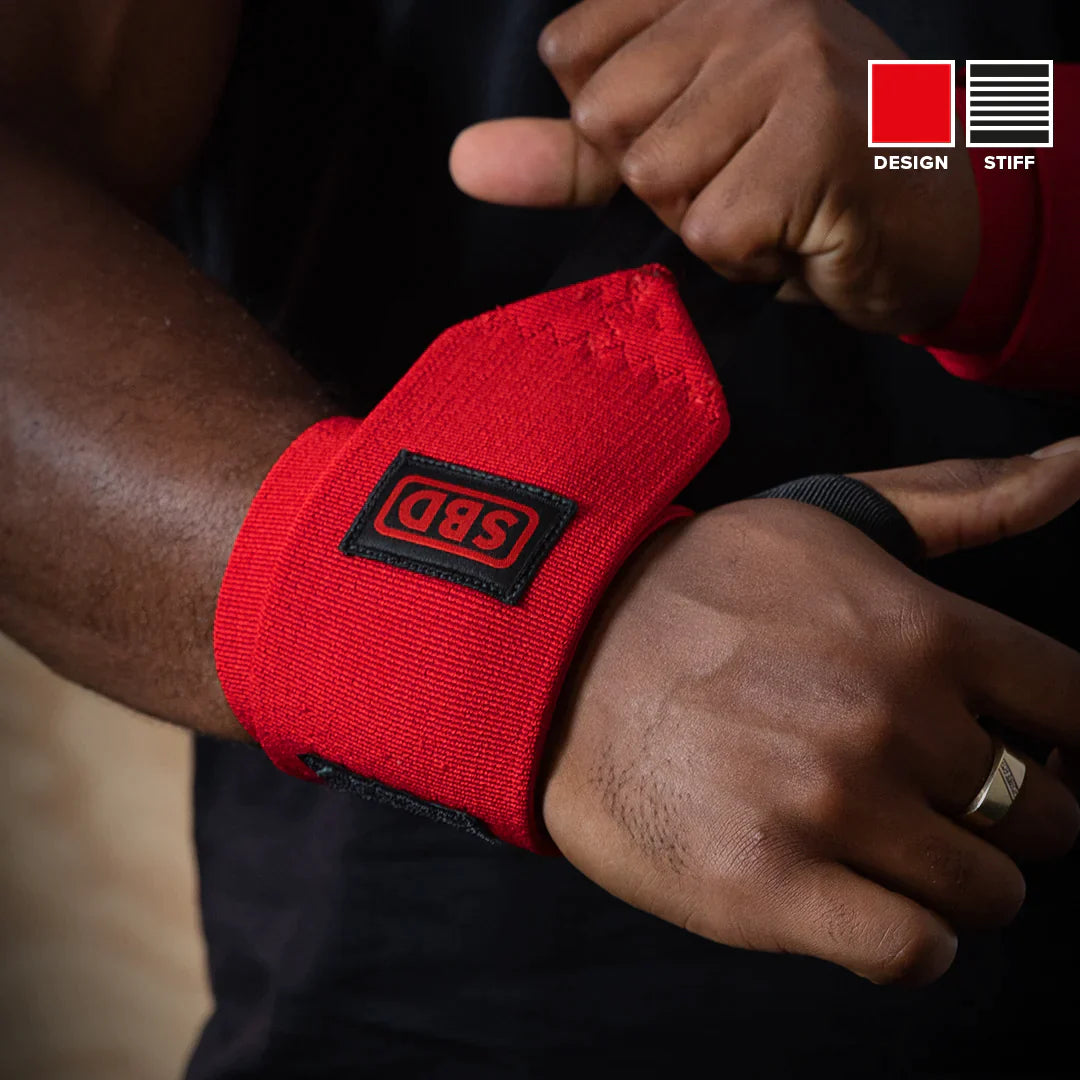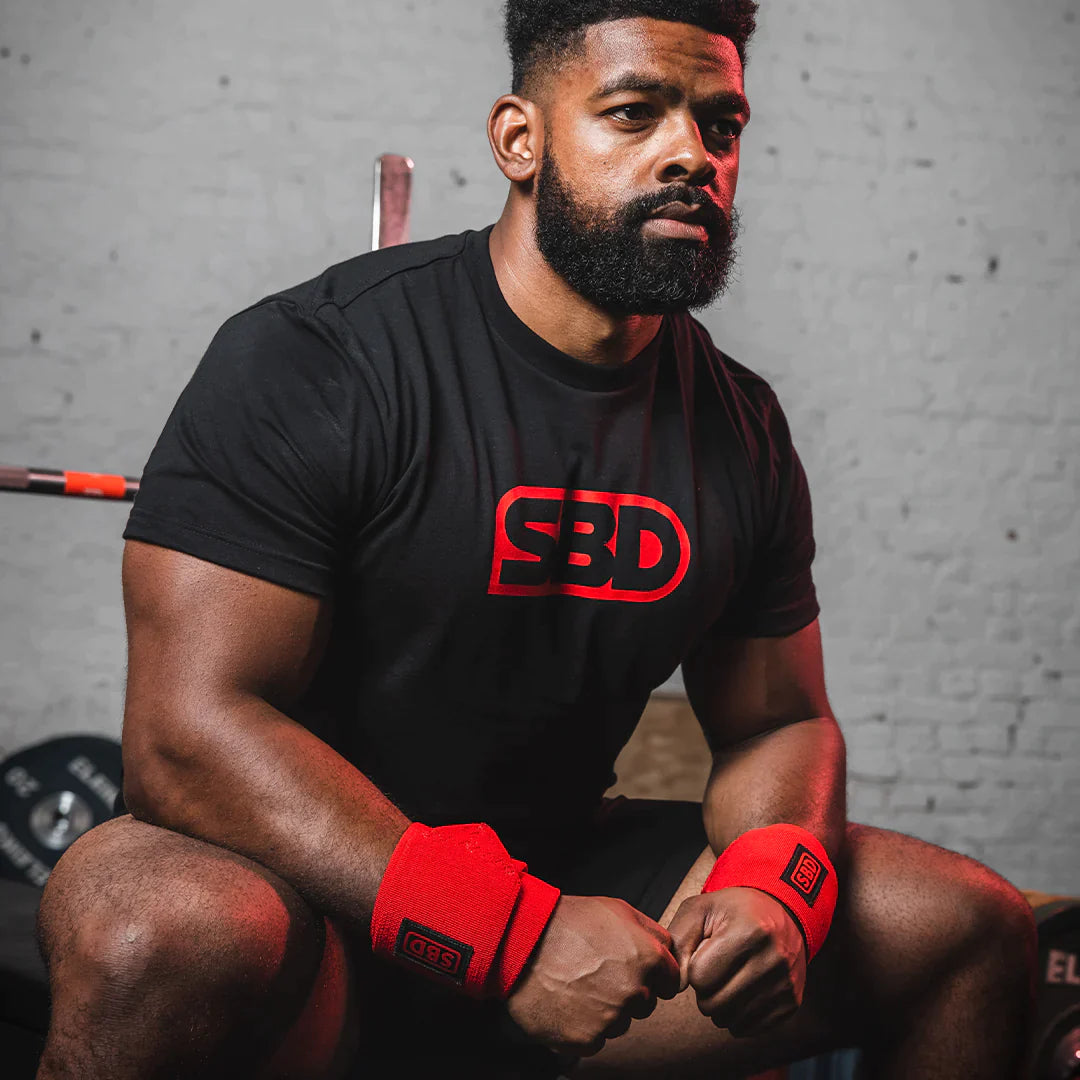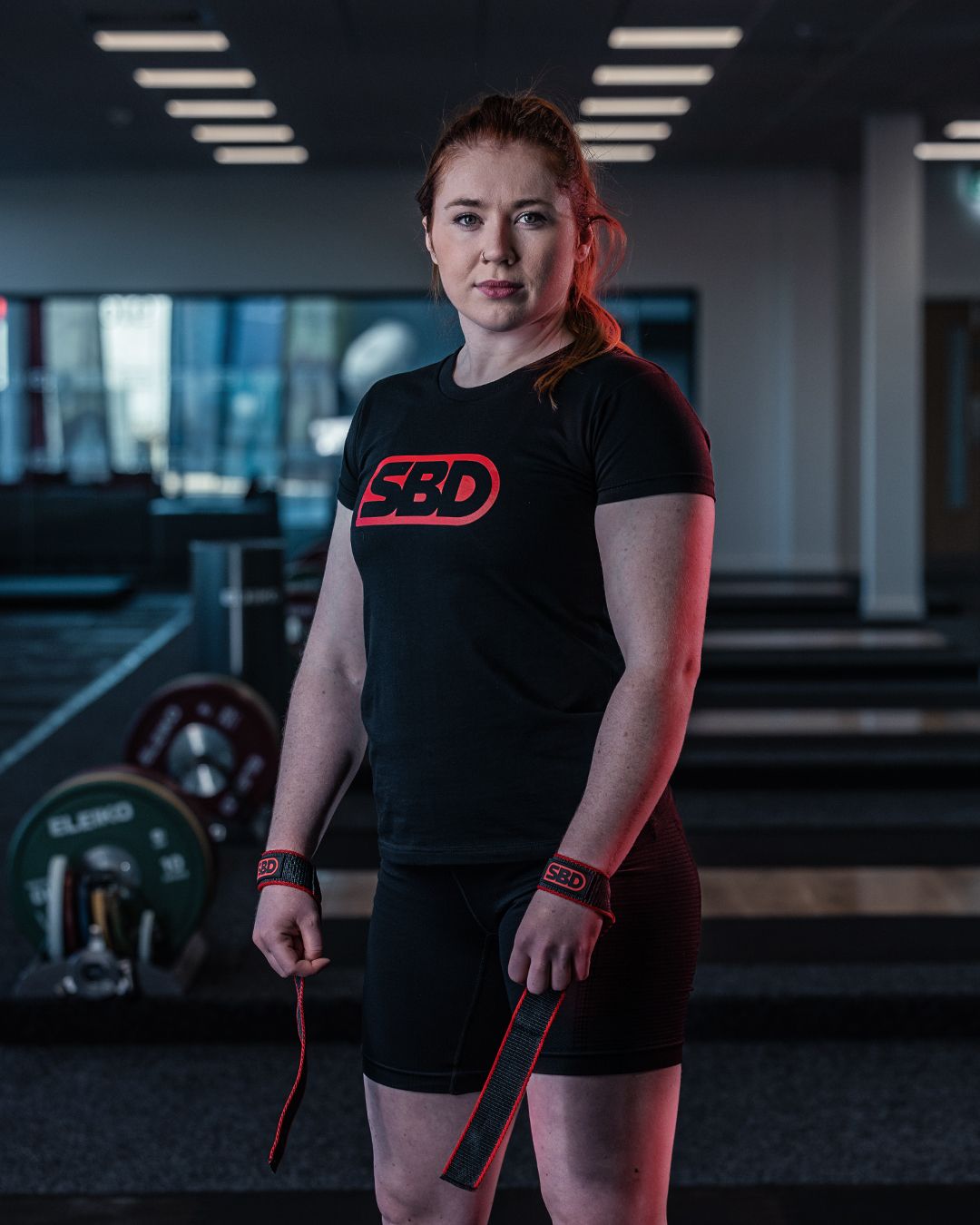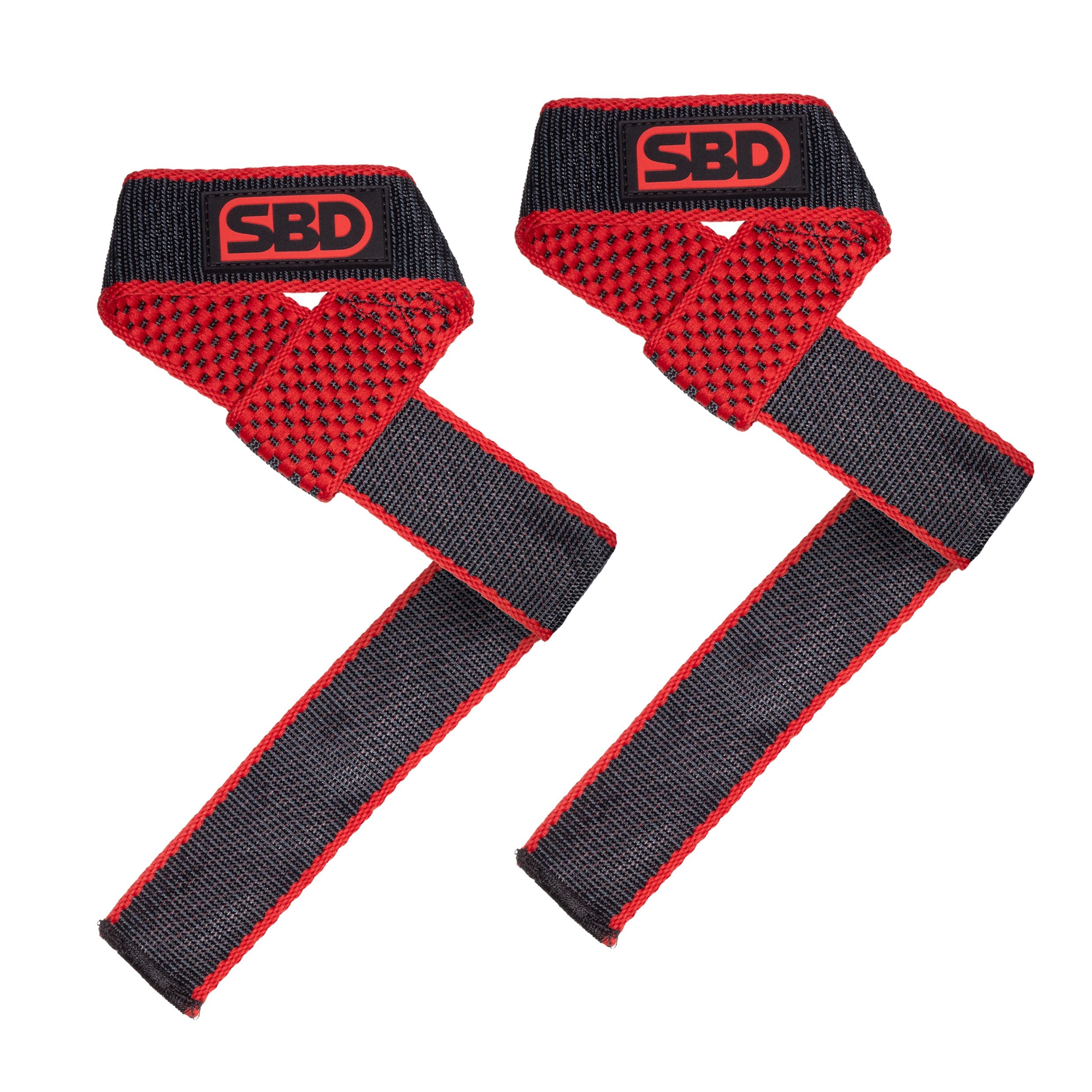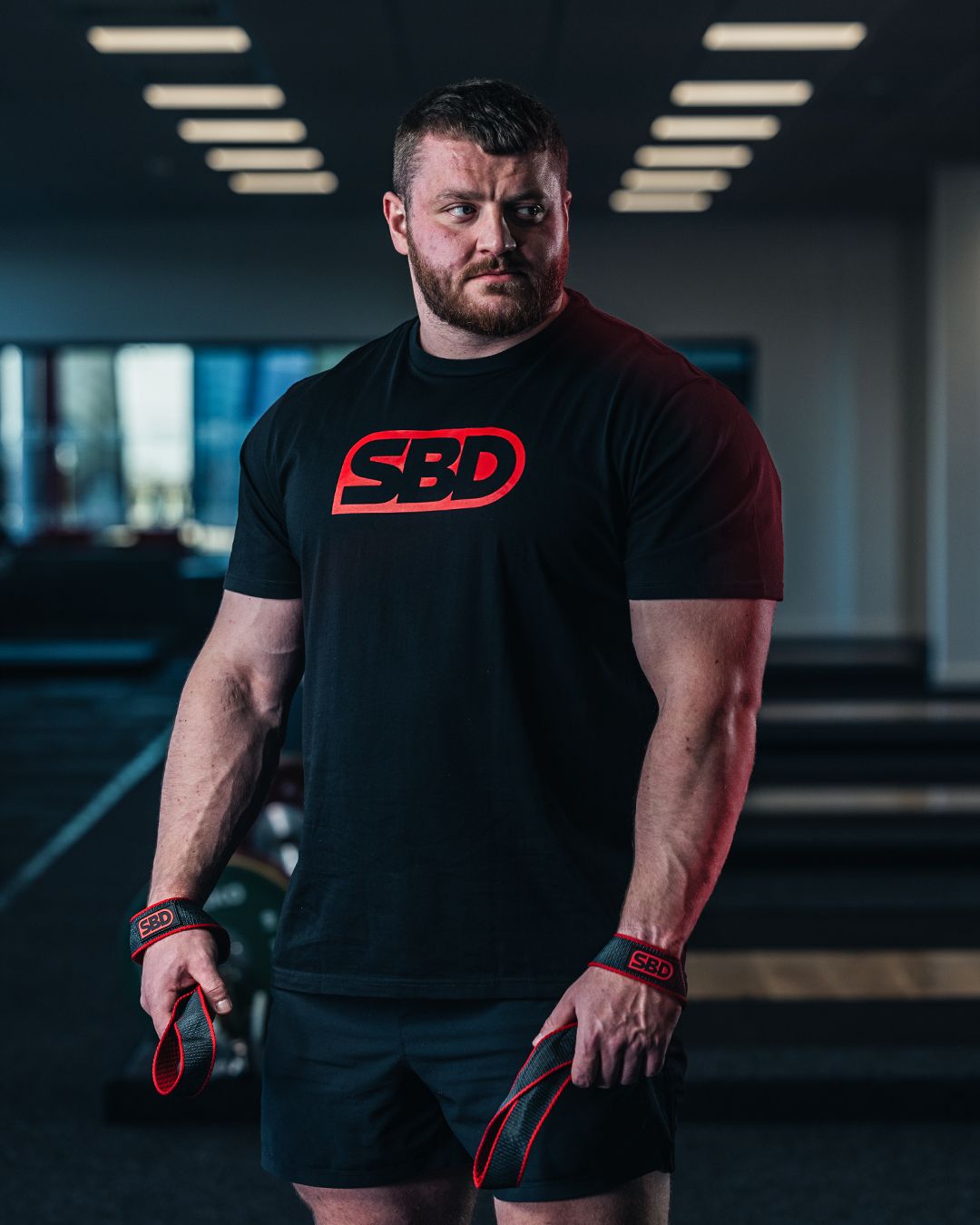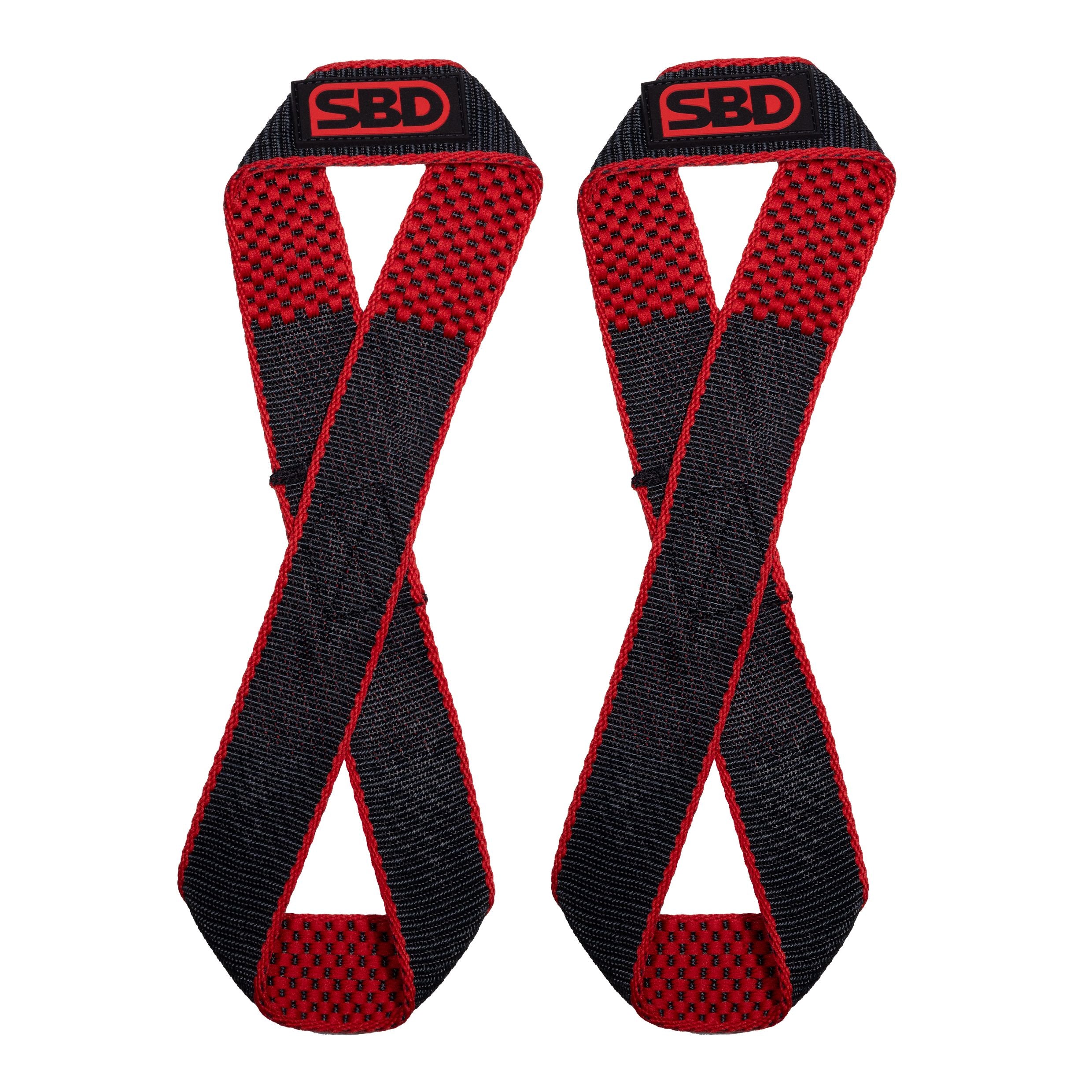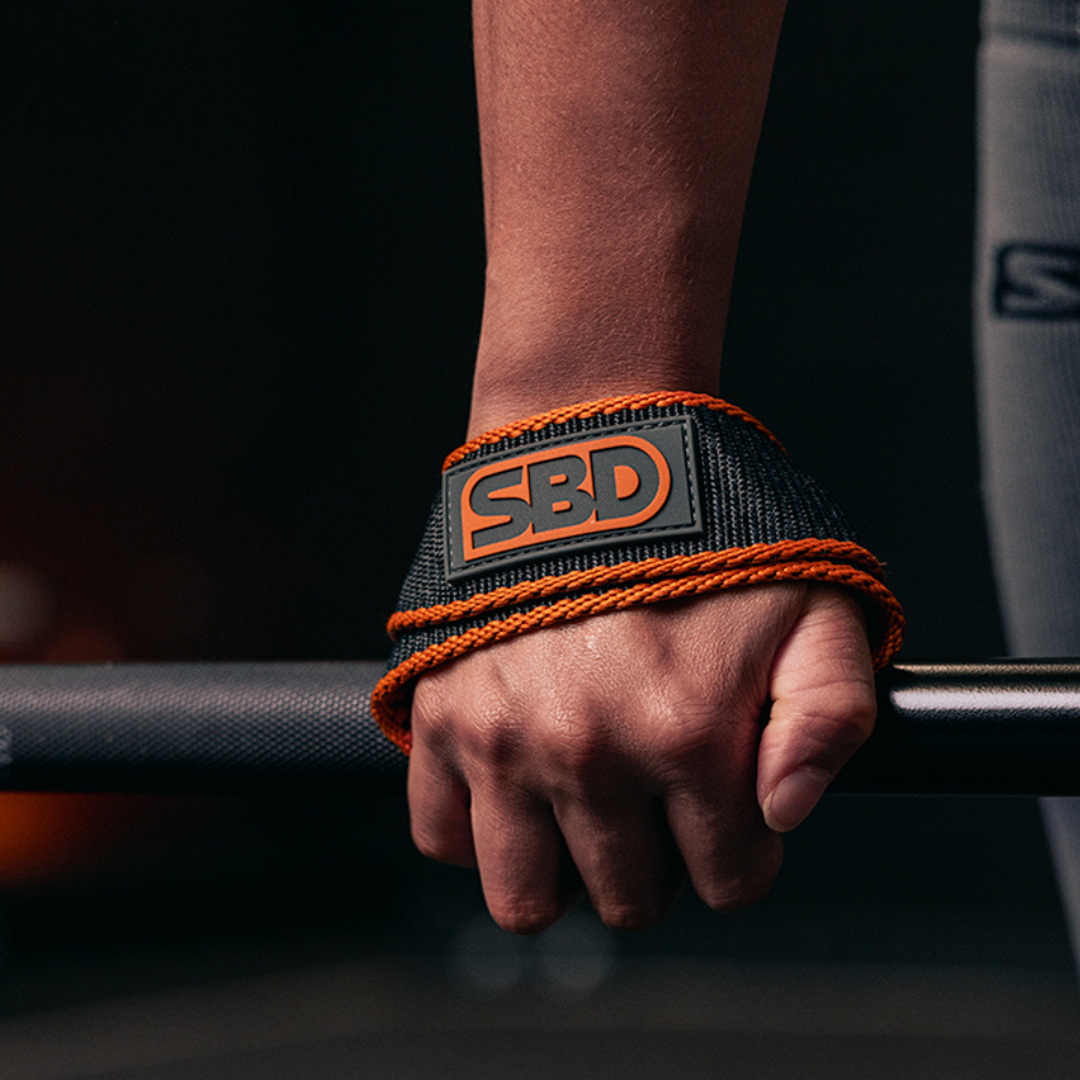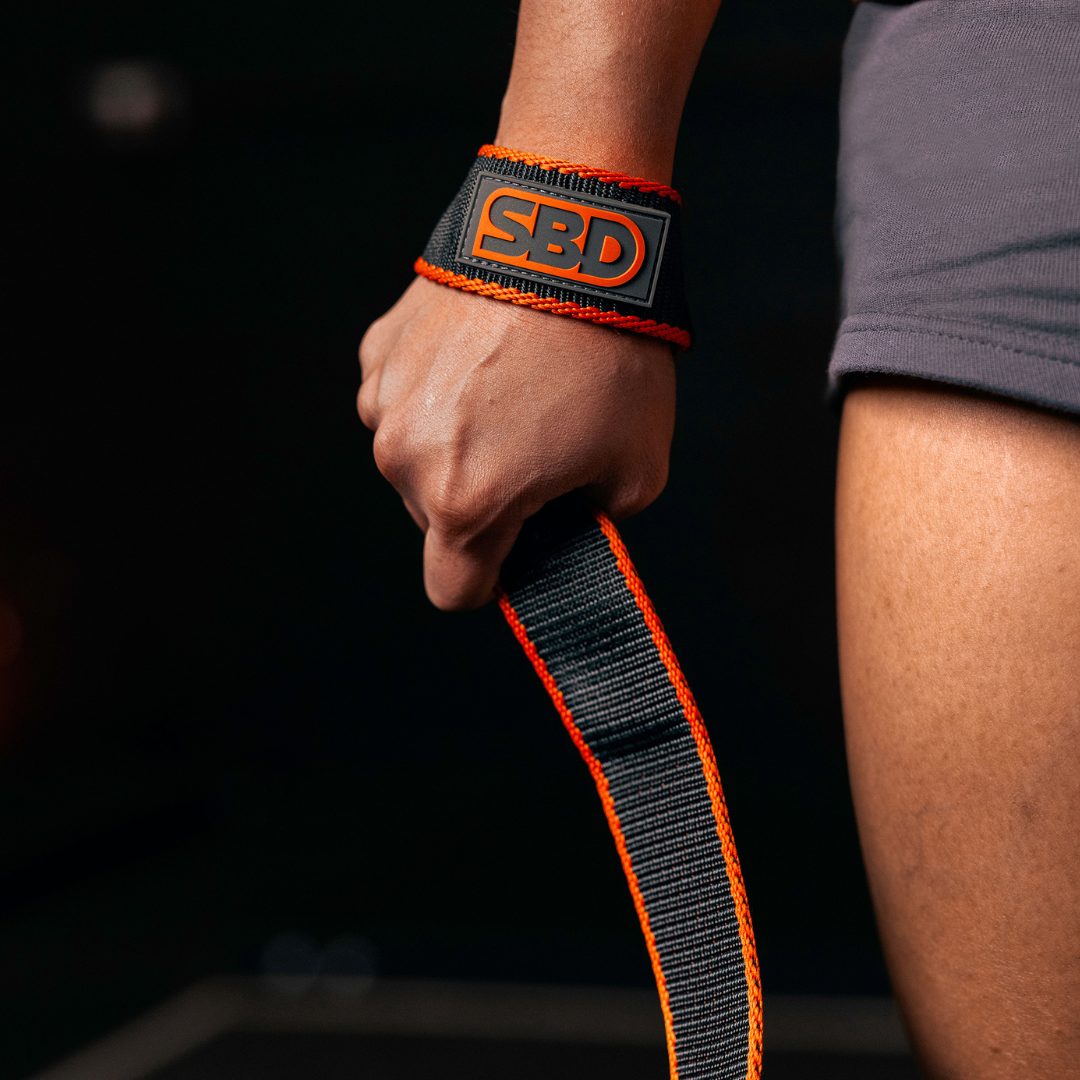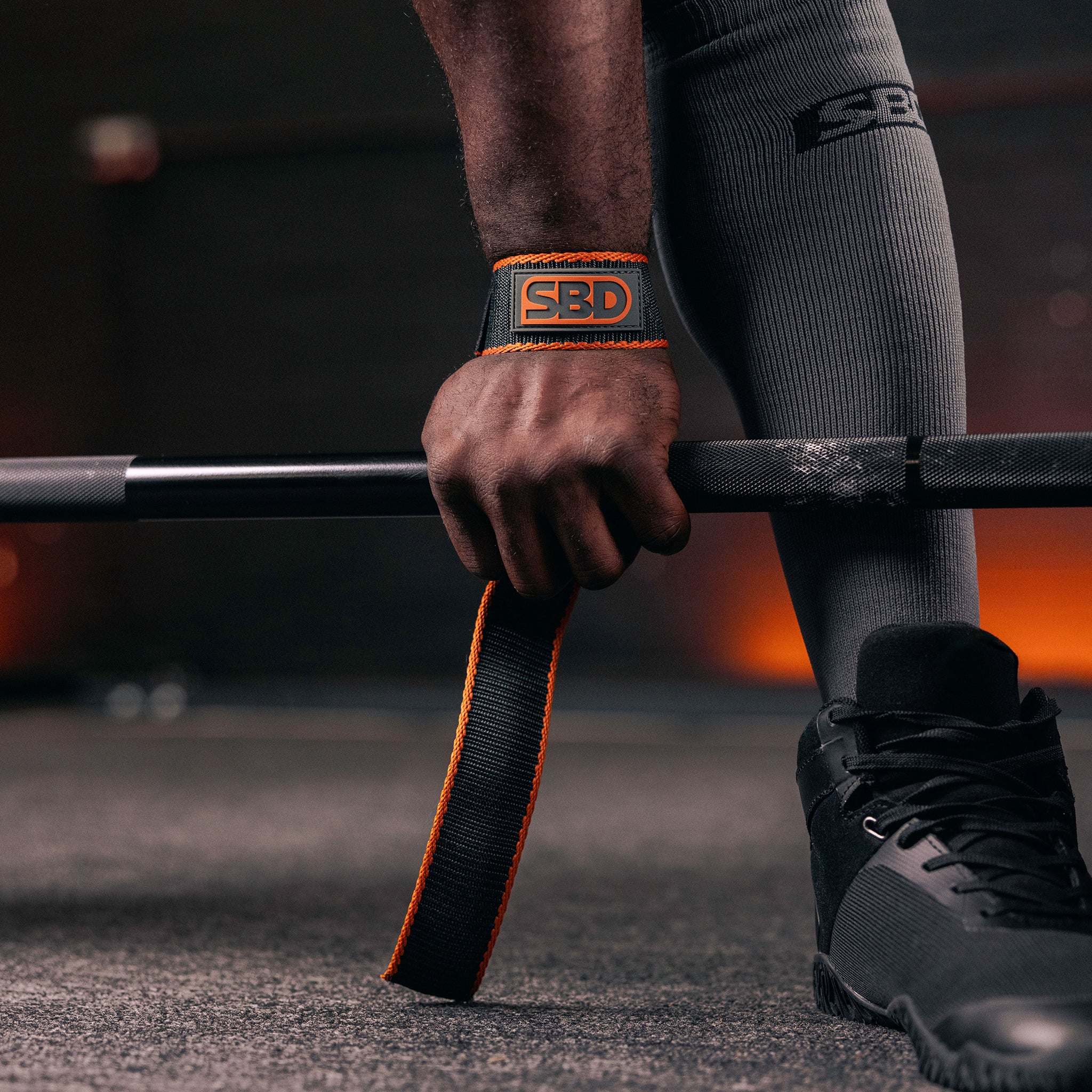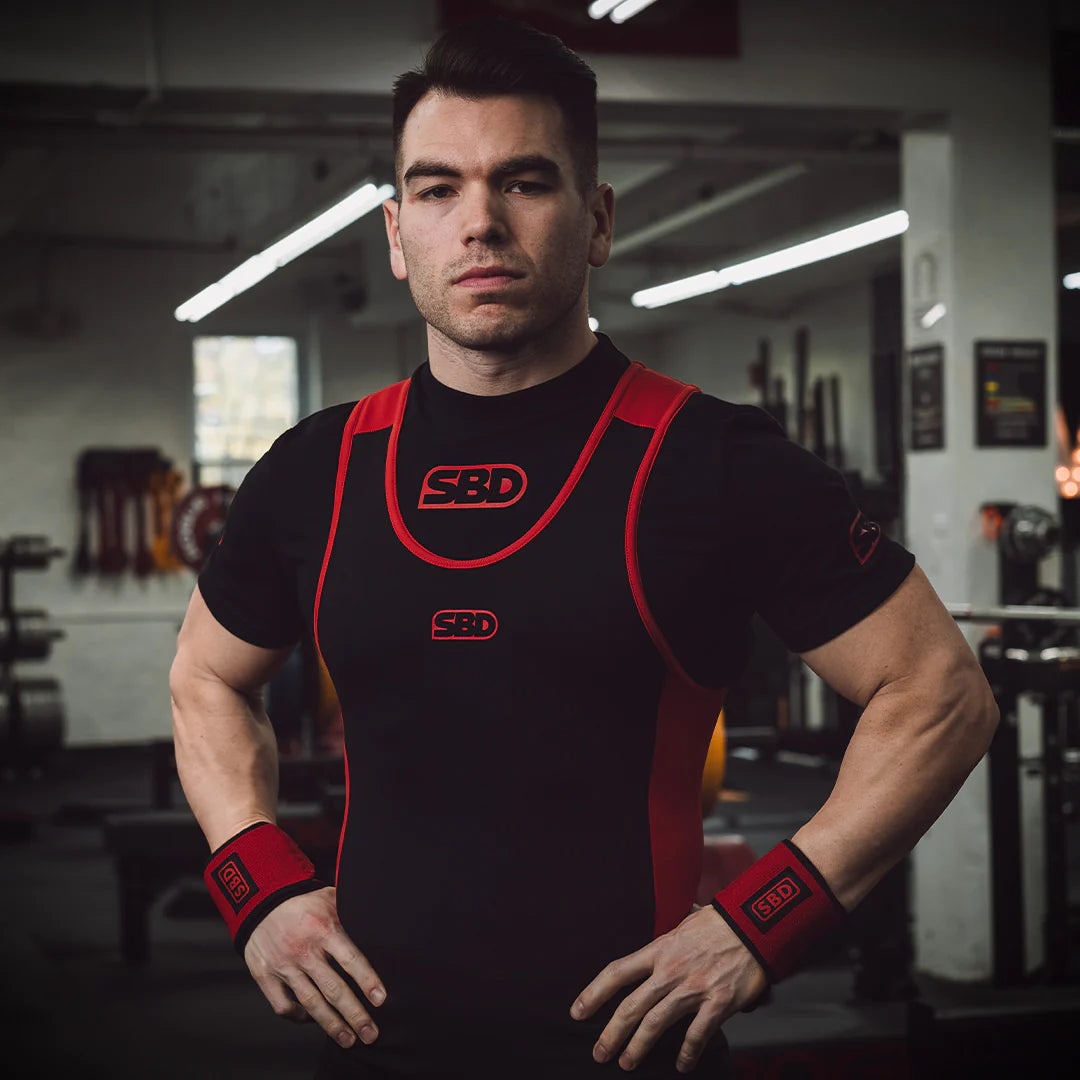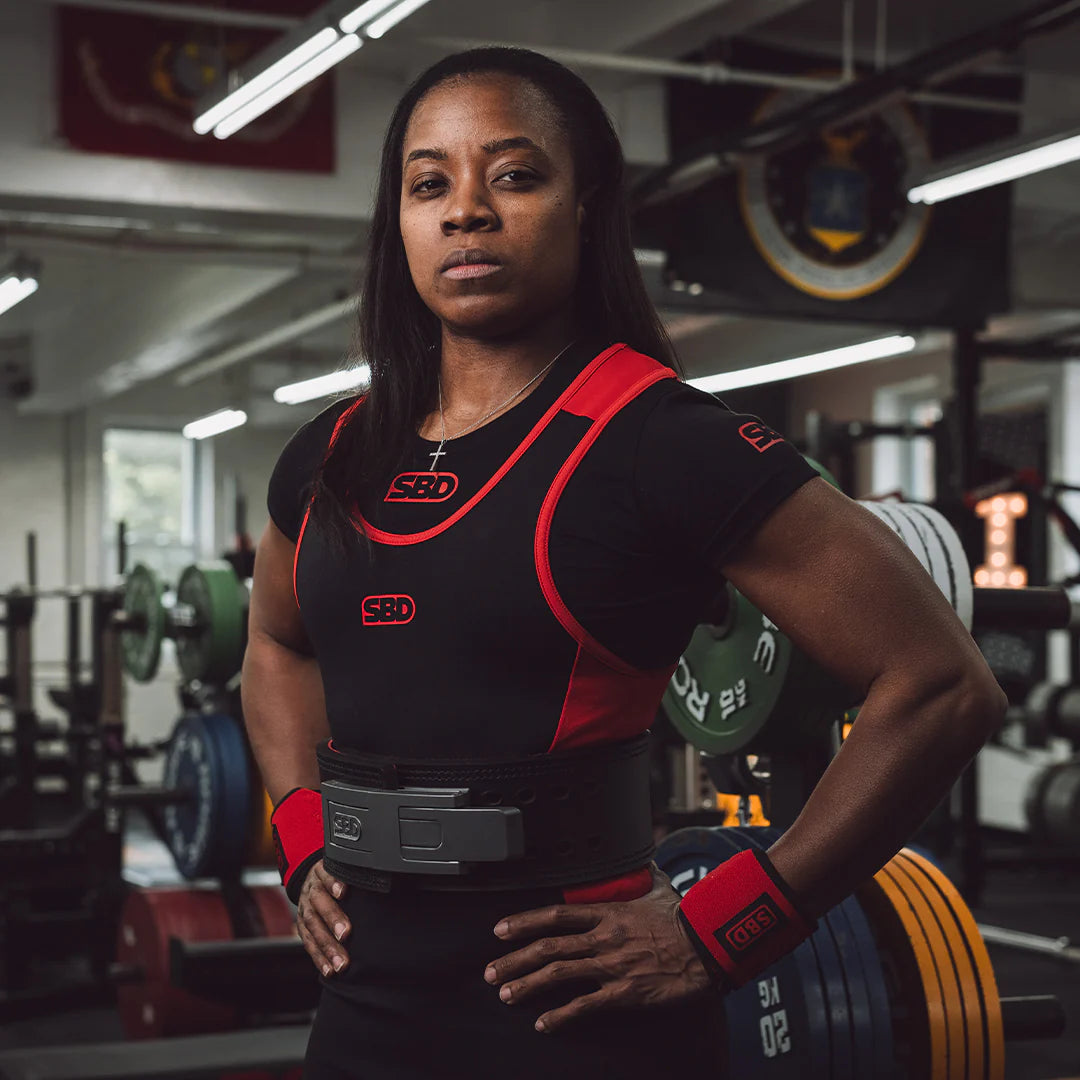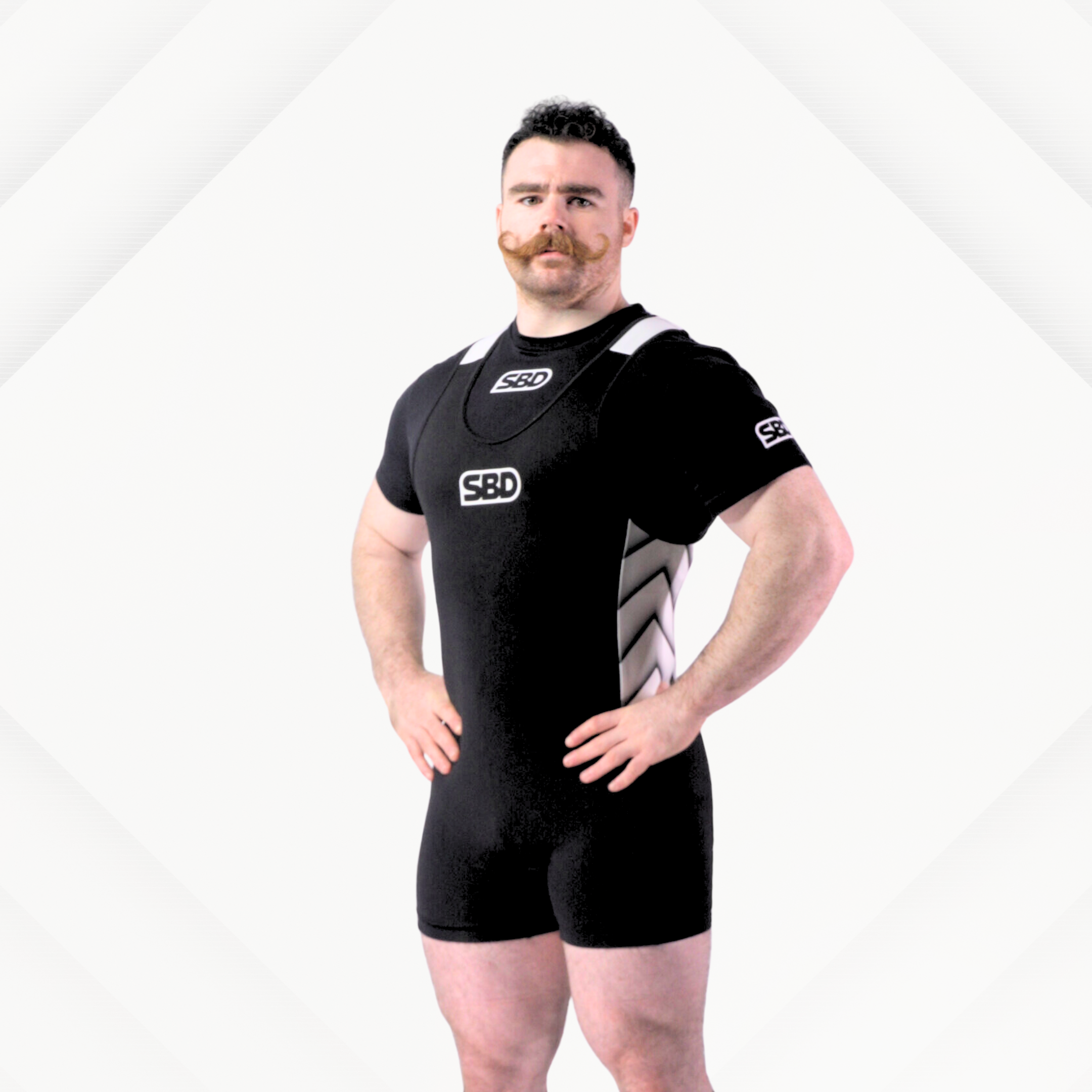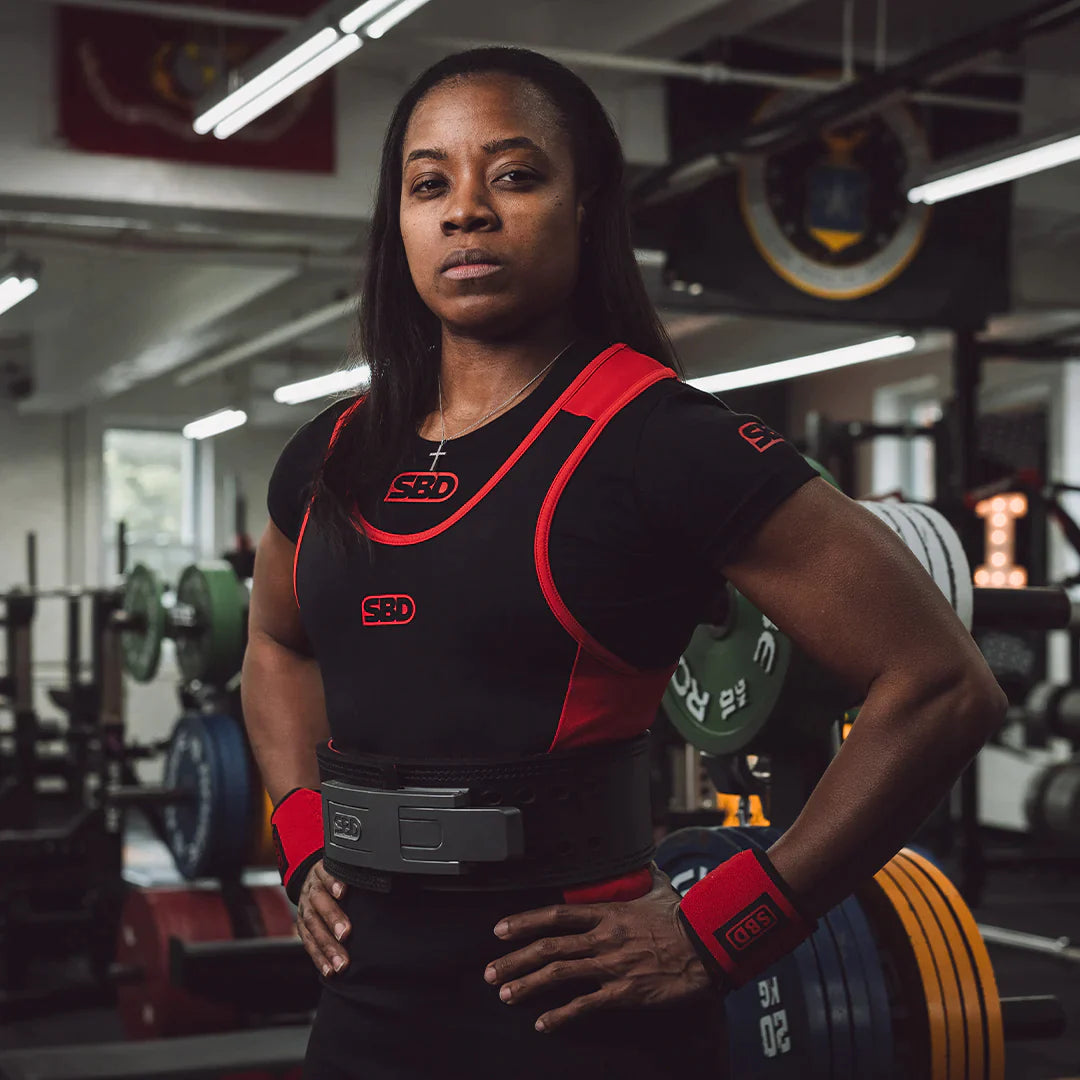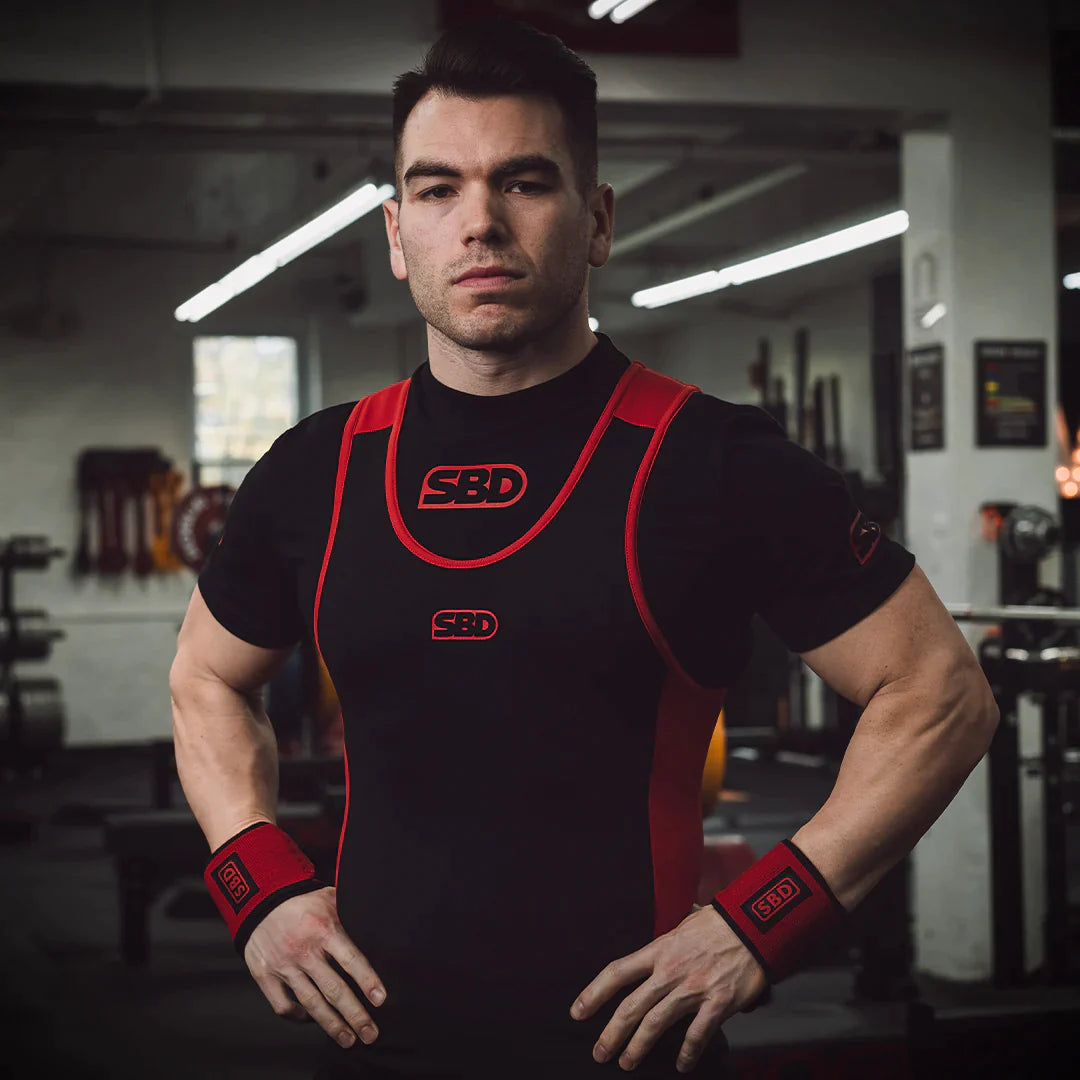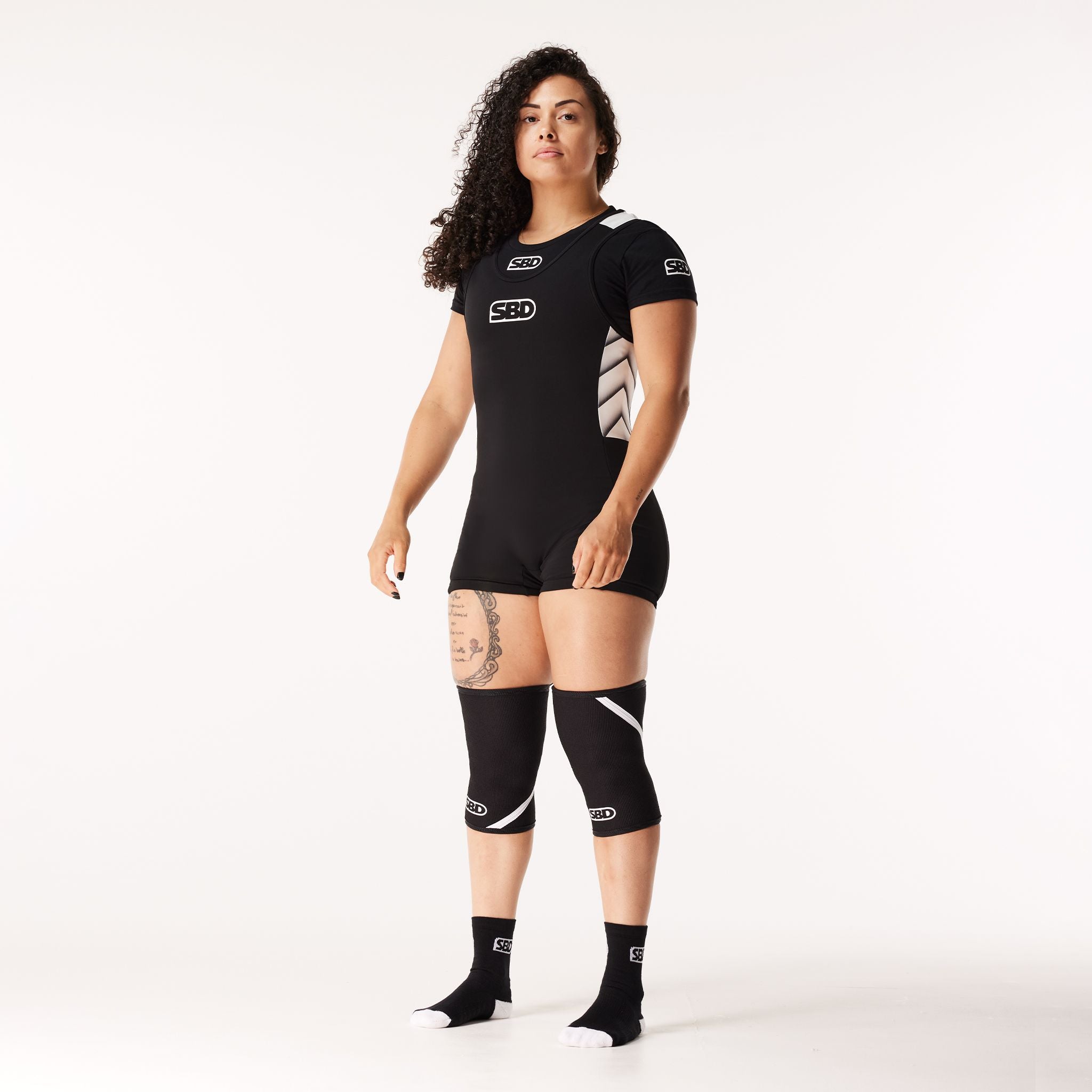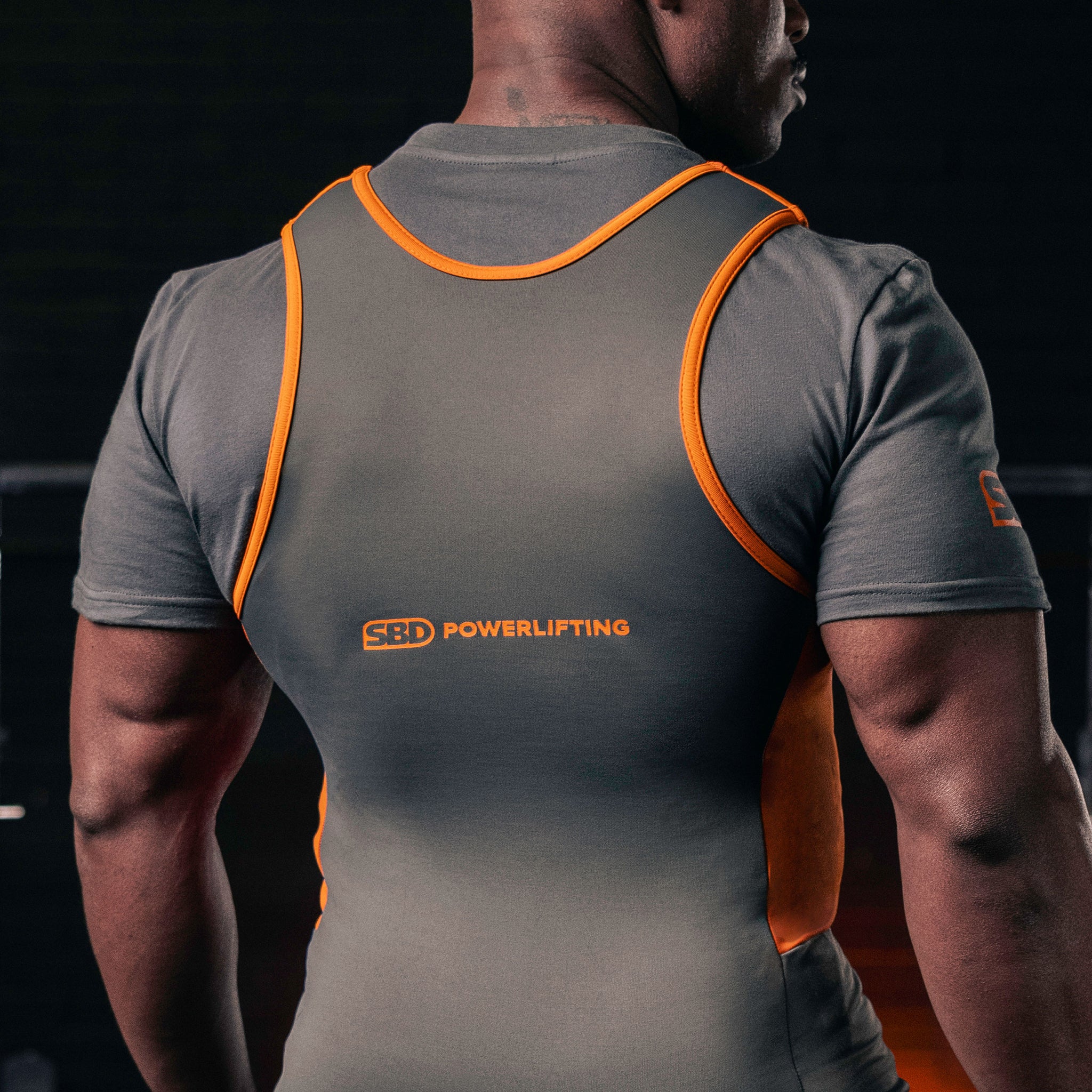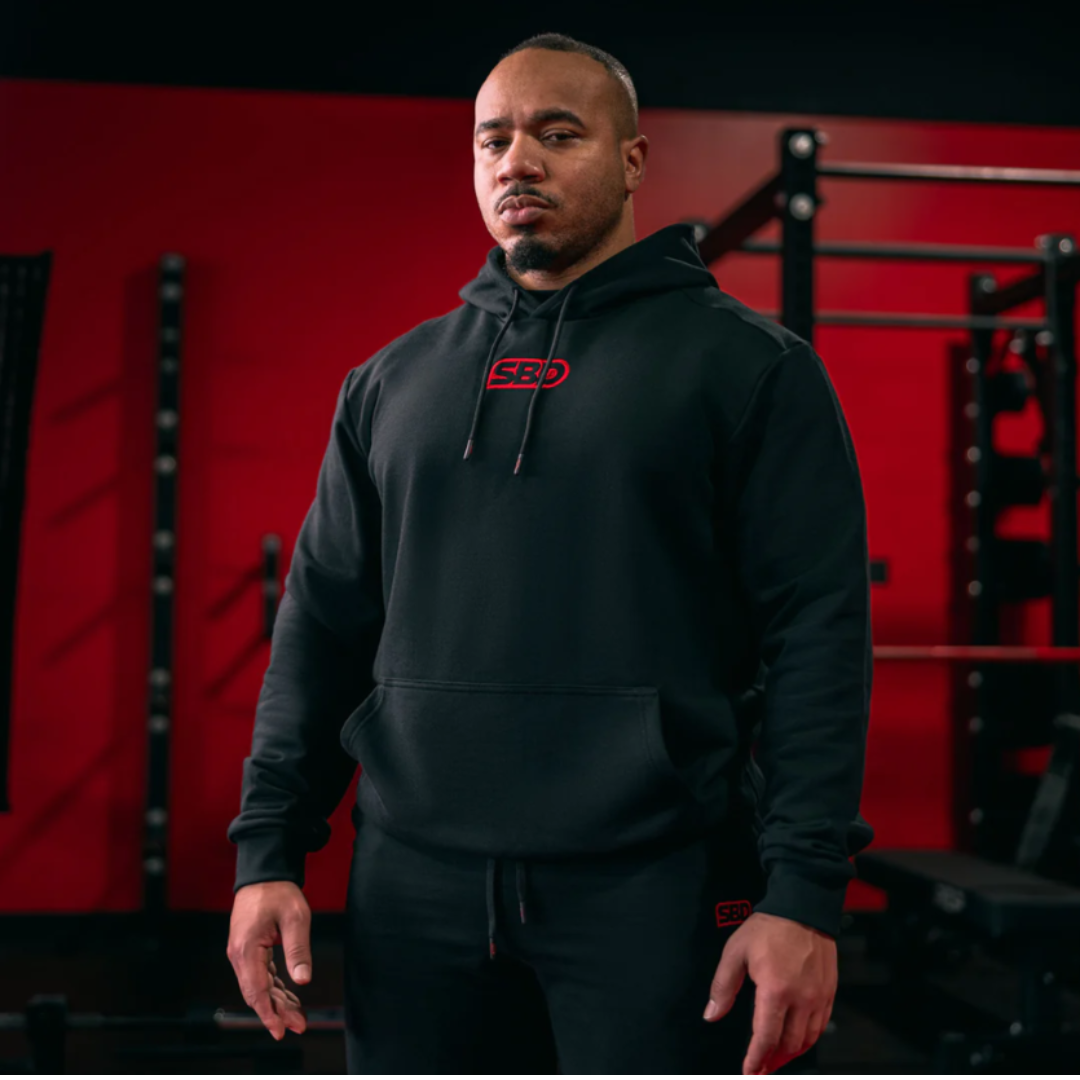Introduction to the Deadlift
The deadlift is one of the most foundational and effective compound movements in strength training. It targets multiple muscle groups, from the glutes and hamstrings to the upper back and core. Yet, despite its apparent simplicity, minor mistakes can lead to poor results or even injury. Among the most overlooked factors? Foot positioning.
Proper foot placement sets the stage for efficient force production, balance, and alignment. In this guide, we’ll unpack how even small adjustments in where and how your feet are placed can yield significant improvements in your deadlift performance.
The Role of Foot Position in Lifting
Your feet are the foundation of any lift. They anchor you to the ground and influence how force is transferred through the kinetic chain. Understanding how to position your feet can make or break your deadlift form.
Basic Foot Placement Explained
In a conventional deadlift, feet are typically placed about hip-width apart. This allows for a natural hinge at the hips while maintaining vertical shins.
However, this "default" setup isn’t optimal for everyone.
-
Tall lifters may benefit from a slightly wider stance.
-
Shorter individuals often perform better with a narrower setup.
-
Limb proportions and mobility also play a key role.
Stance Width: Narrow vs. Wide
Let’s explore the effects of stance width:
| Stance Type | Benefits | Drawbacks |
|---|---|---|
| Narrow (hip-width) | Greater range of motion, better for spinal alignment | Can be harder for those with limited mobility |
| Moderate (shoulder-width) | Better balance and force generation | May require greater flexibility |
| Wide (sumo) | Reduced range of motion, easier on the lower back | Requires greater hip mobility |
Foot Angle and Its Effects
Even a 5–10° change in toe angle can affect how you engage your hips and glutes.
-
Straight feet (0°): Activates quads more but limits external rotation.
-
Slight outward (10–15°): Encourages hip engagement.
-
Too wide (>20°): May cause knees to collapse inward (valgus stress).
Biomechanics of Deadlifting
To fully understand foot positioning, we need to break down the mechanics of the deadlift.
How Force Travels Through the Feet
When you initiate the lift, force should travel evenly from your midfoot down into the ground. Misplaced feet can lead to:
-
Early heel lift
-
Excessive toe pressure
-
Loss of bar control
Importance of Balance and Stability
Proper foot position helps maintain a neutral spine and prevents energy leaks. This results in:
-
Increased bar speed
-
Improved lockout position
-
Better engagement of posterior chain muscles
Common Deadlift Mistakes Linked to Foot Position
Toe Angle Too Wide or Too Narrow
Incorrect toe angles can compromise hip movement and cause knee tracking issues.
-
Too narrow: Reduces stability and limits hip external rotation.
-
Too wide: Promotes valgus collapse and alters bar path.
Uneven Pressure Distribution
Leaning excessively on the toes or heels throws off the centre of gravity, often leading to:
-
Bar drifting away from the shins
-
Rounding of the lower back
-
Ineffective lift-off
Benefits of Adjusting Your Foot Position
Improved Lifting Mechanics
Correct foot placement allows you to engage the right muscles at the right time, leading to:
-
Smoother bar path
-
More efficient lockout
-
Stronger pull from the ground
Reduced Risk of Injury
When your feet are positioned optimally, you reduce unnecessary strain on:
-
Lower back
-
Knees
-
Ankles
This contributes to longevity in lifting and better overall joint health.
How to Determine the Optimal Foot Position for You
Analysing Your Anatomy
A few anatomical considerations:
-
Femur length: Longer femurs may require a wider stance.
-
Hip socket depth: Shallower sockets may permit more external rotation.
-
Torso length: Influences balance point and bar path.
Using the Wall Test
The Wall Test:
-
Stand facing a wall, feet hip-width apart.
-
Hinge at the hips without bending your knees.
-
Adjust feet until your butt touches the wall without tipping forward.
This helps determine your natural hinge point and foot stance.
Footwear Considerations
Barefoot vs. Lifting Shoes
-
Barefoot lifting increases proprioception and natural foot strength.
-
Flat-soled shoes (like Converse) offer a stable base.
-
Heeled shoes assist those with limited ankle mobility.
Choose what best suits your anatomy and goals.
The Role of Heel Elevation
Heel elevation shifts your weight forward and may:
-
Reduce hamstring stretch
-
Increase quad activation
-
Improve depth for some lifters
However, it may not be ideal for conventional deadlifting.
Application: Programming Footwork Into Your Deadlift Routine
Warm-up and Drills for Better Foot Placement
Drills to include:
-
Foot tripod drill (for even weight distribution)
-
Band-resisted deadlifts (to teach proper knee tracking)
-
Wall-facing hip hinges
Training Cues and Corrections
Cues that work:
-
“Push the floor away”
-
“Screw your feet into the ground”
-
“Weight over midfoot”
FAQs
1. How wide should my feet be when deadlifting?
Typically, shoulder or hip-width works best, but it varies based on individual anatomy.
2. Should my toes point straight ahead?
Not necessarily. A slight outward angle (10–15°) often improves hip engagement.
3. Can I deadlift barefoot?
Yes, if gym rules allow. Barefoot deadlifting enhances proprioception and grounding.
4. How do I know if my foot placement is wrong?
Signs include bar path deviation, back rounding, or discomfort in the knees and hips.
5. Are lifting shoes better for deadlifting?
Flat-soled shoes are usually preferred, but lifters with limited ankle mobility may benefit from a slight heel.
6. Is foot placement the same for sumo and conventional deadlifts?
No. Sumo stance requires a much wider foot position with greater toe flare.
Conclusion
Improving your deadlift doesn’t always require drastic changes. Often, the key lies in the smallest details—like your feet. By adjusting stance width, toe angle, and foot pressure, you can unlock new levels of strength, reduce your injury risk, and perfect your technique.
The floor is yours—plant your feet, adjust your stance, and lift with power.

